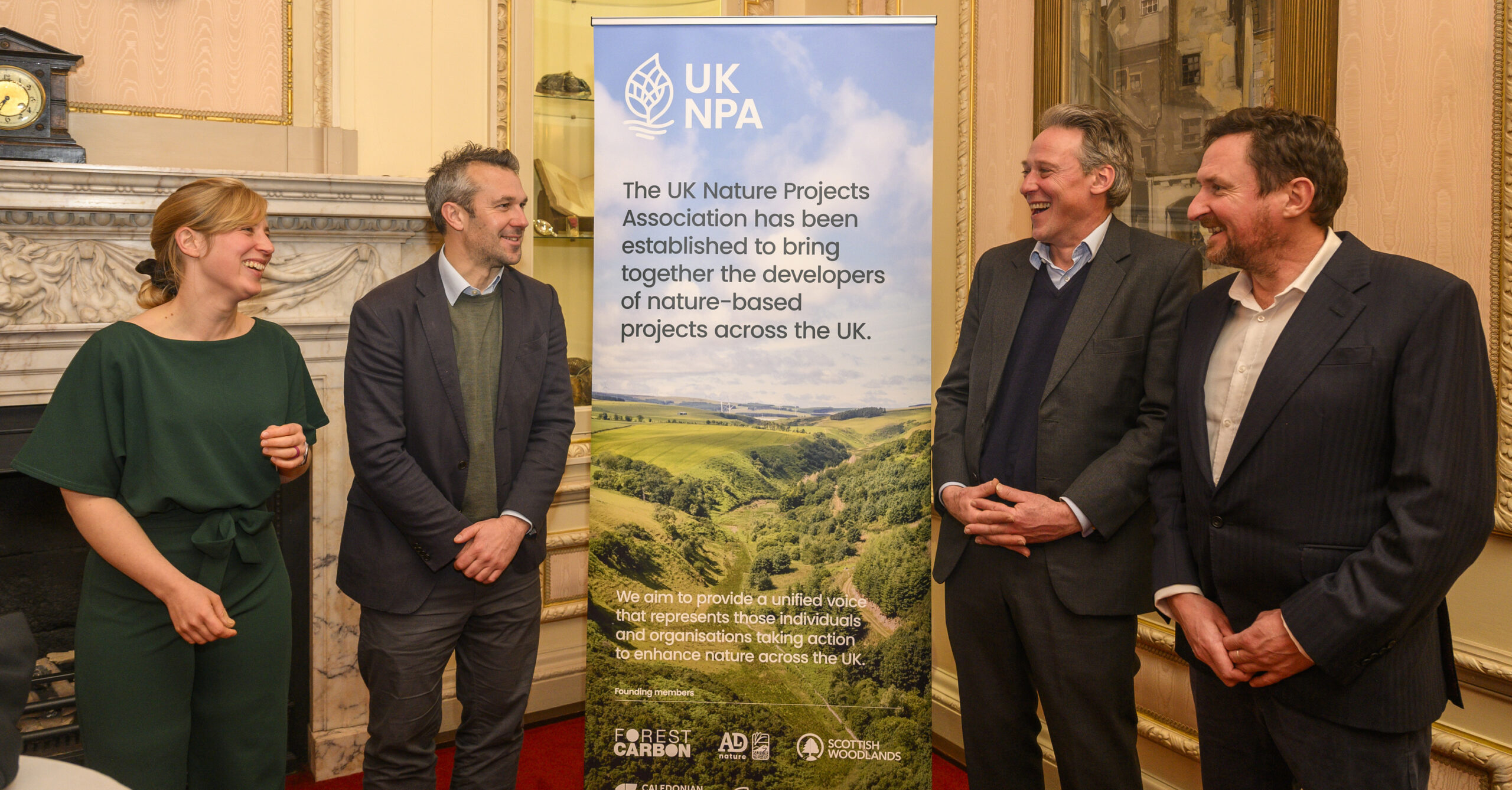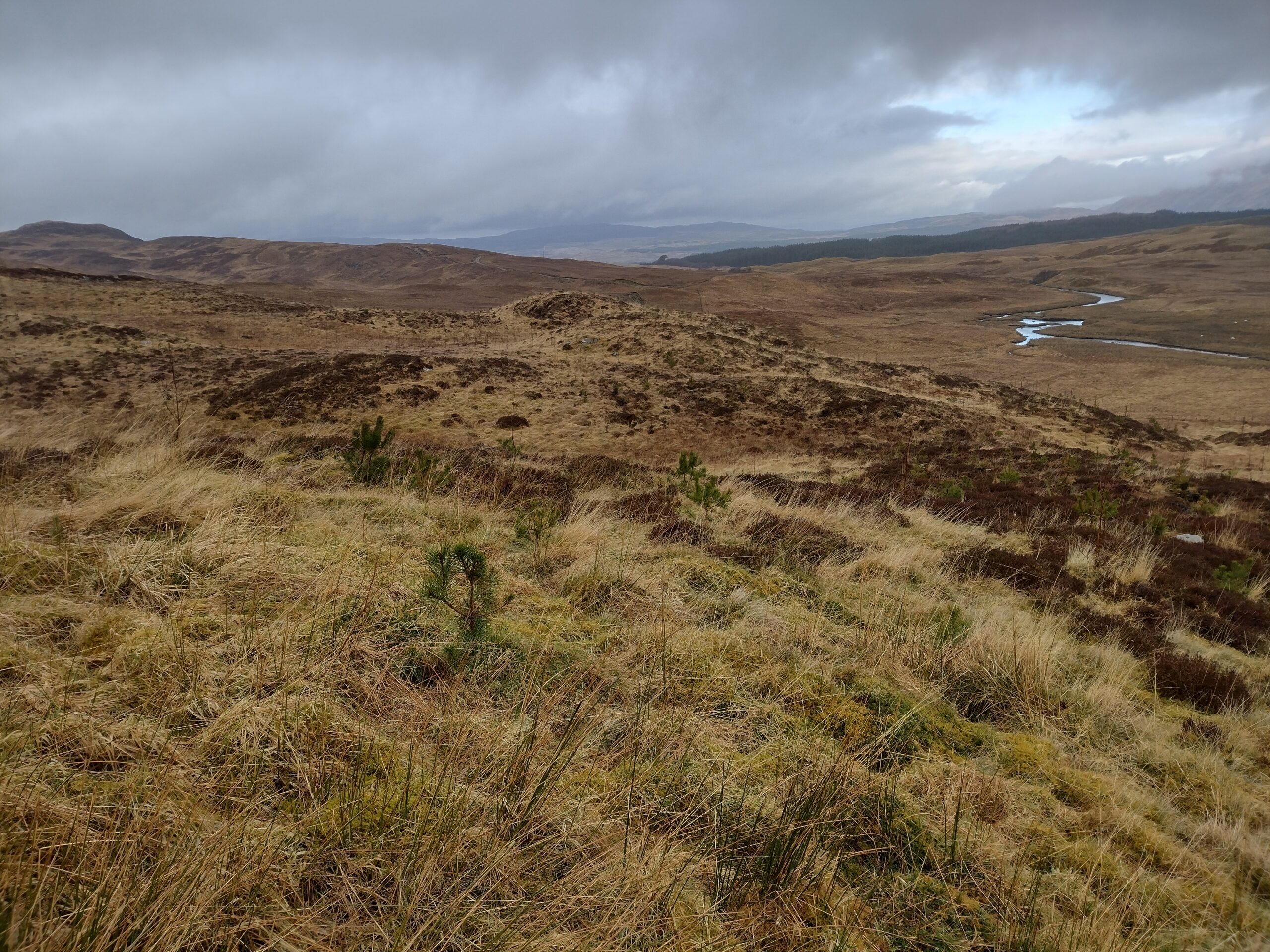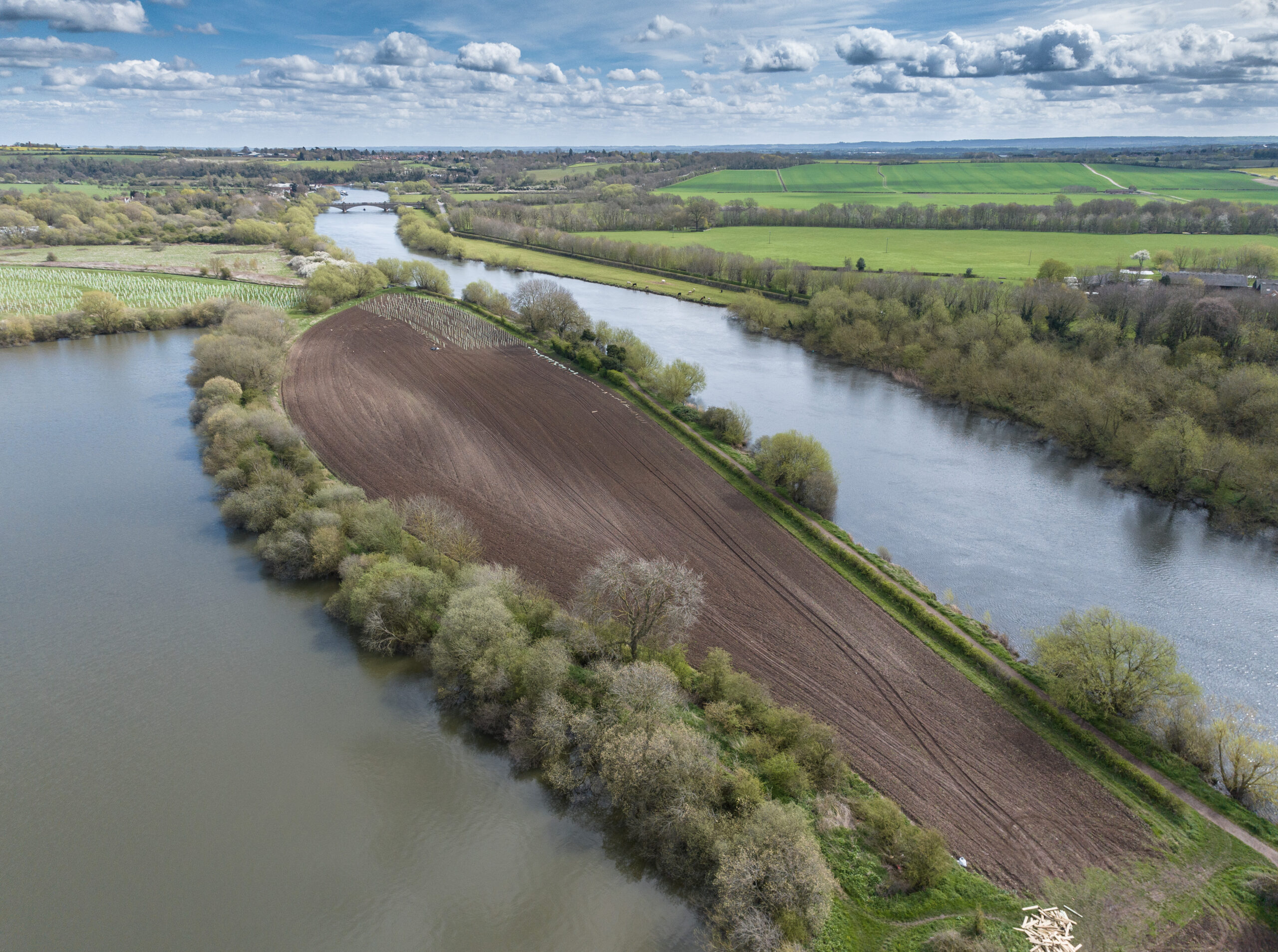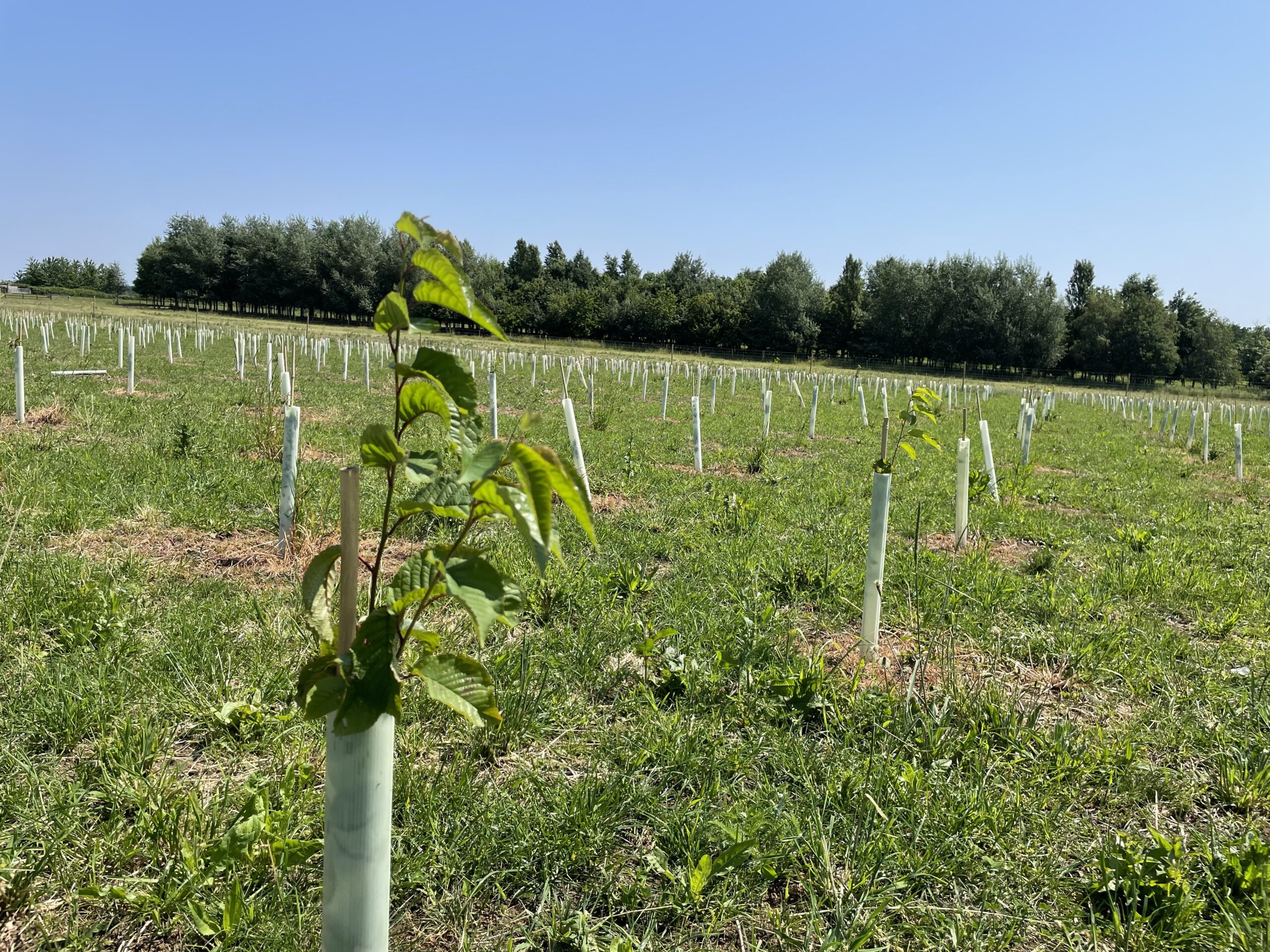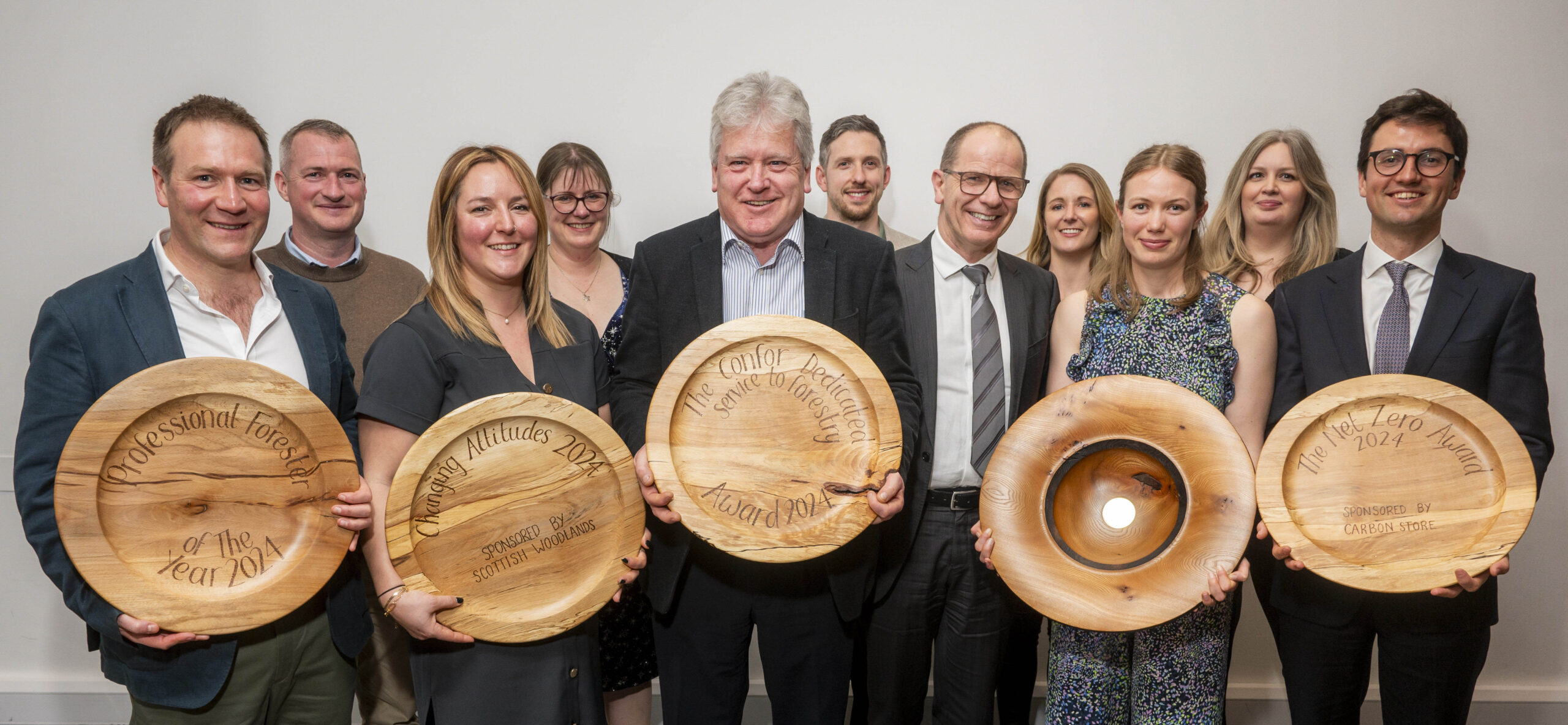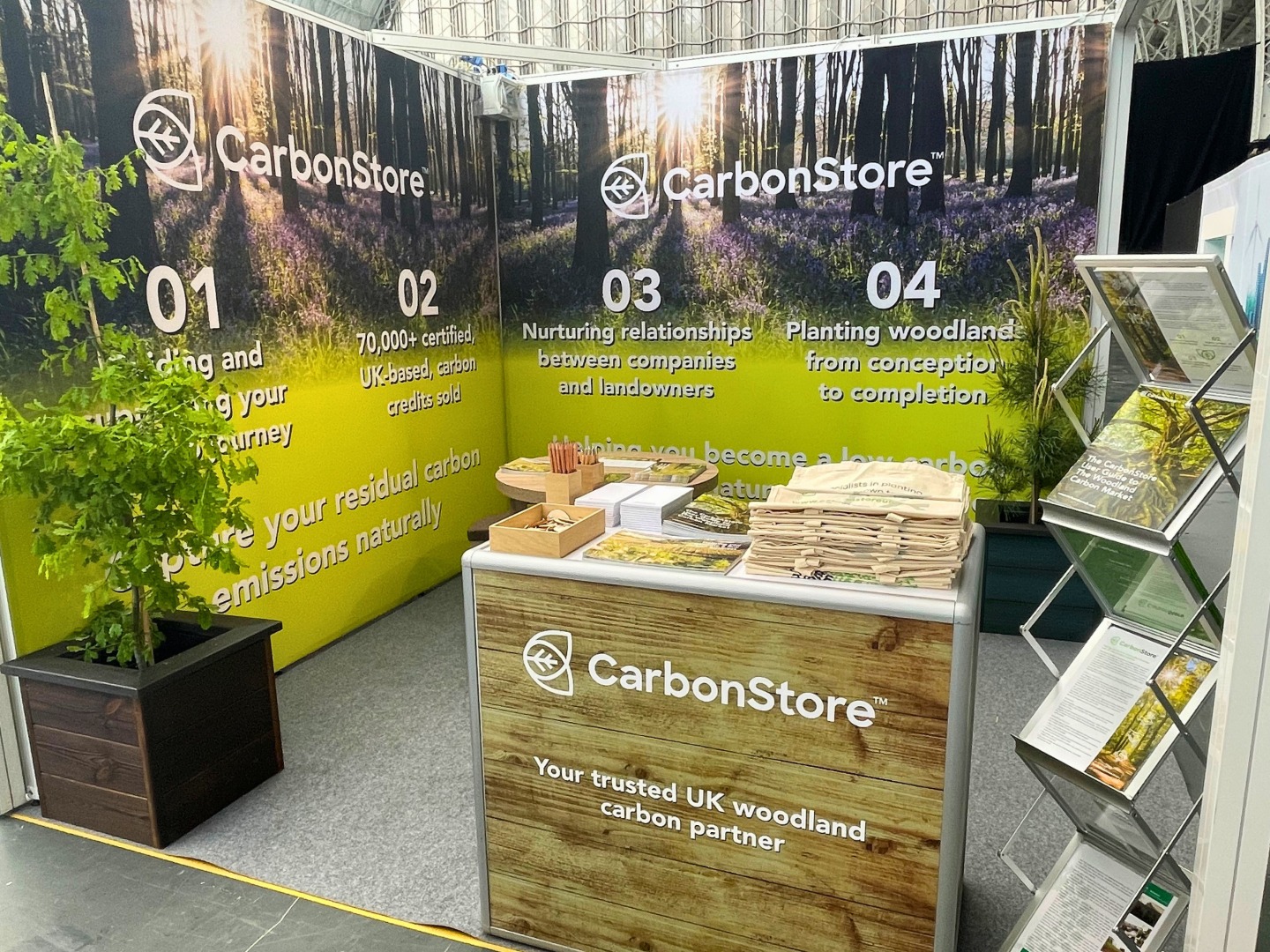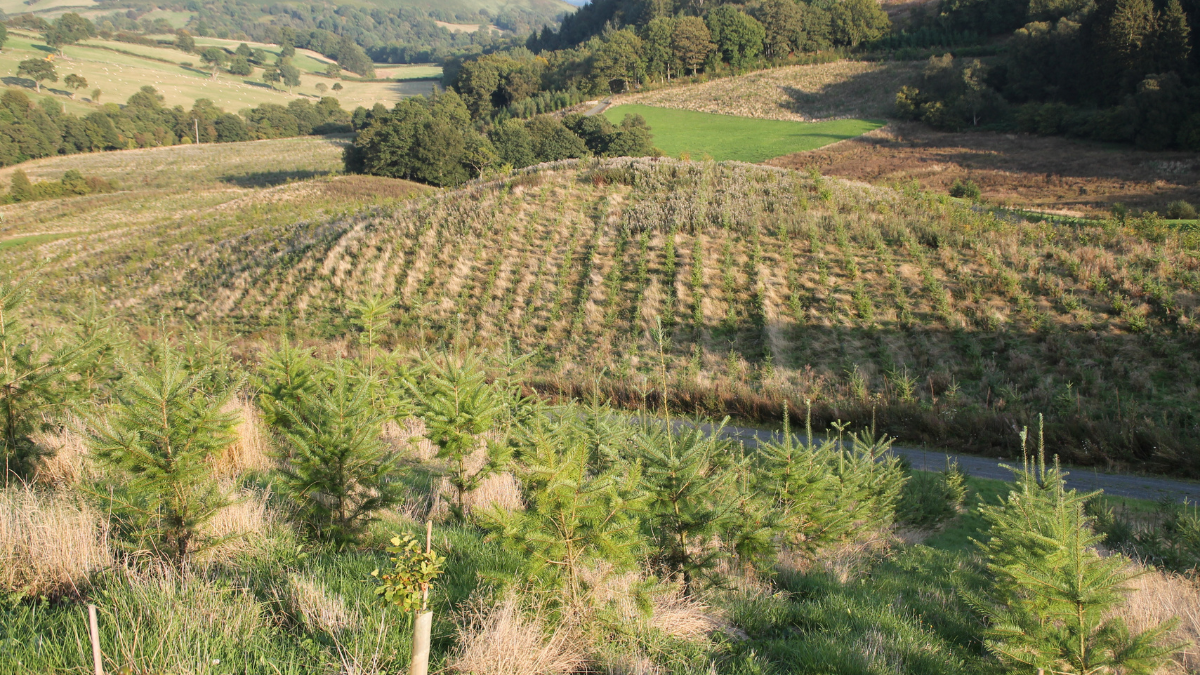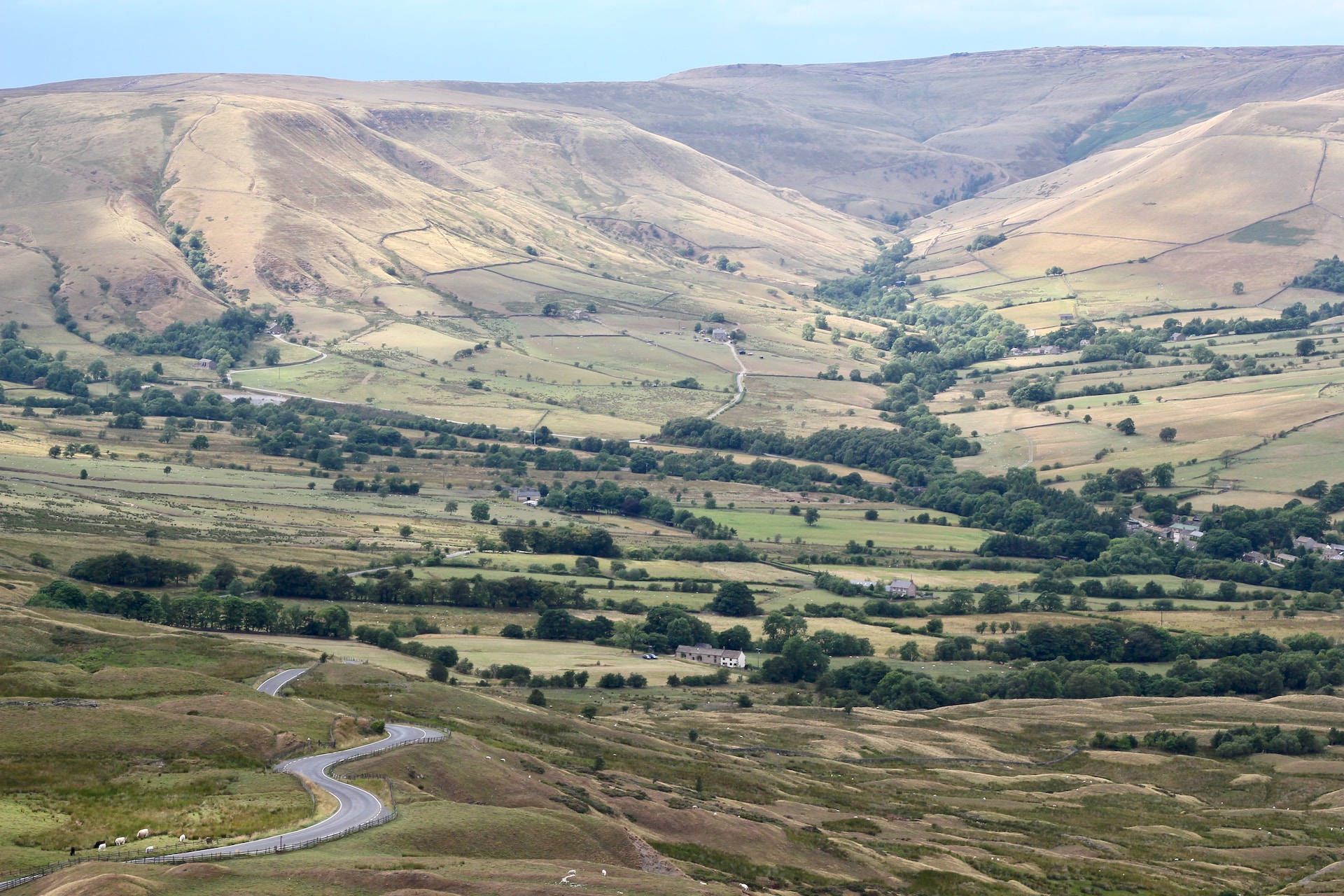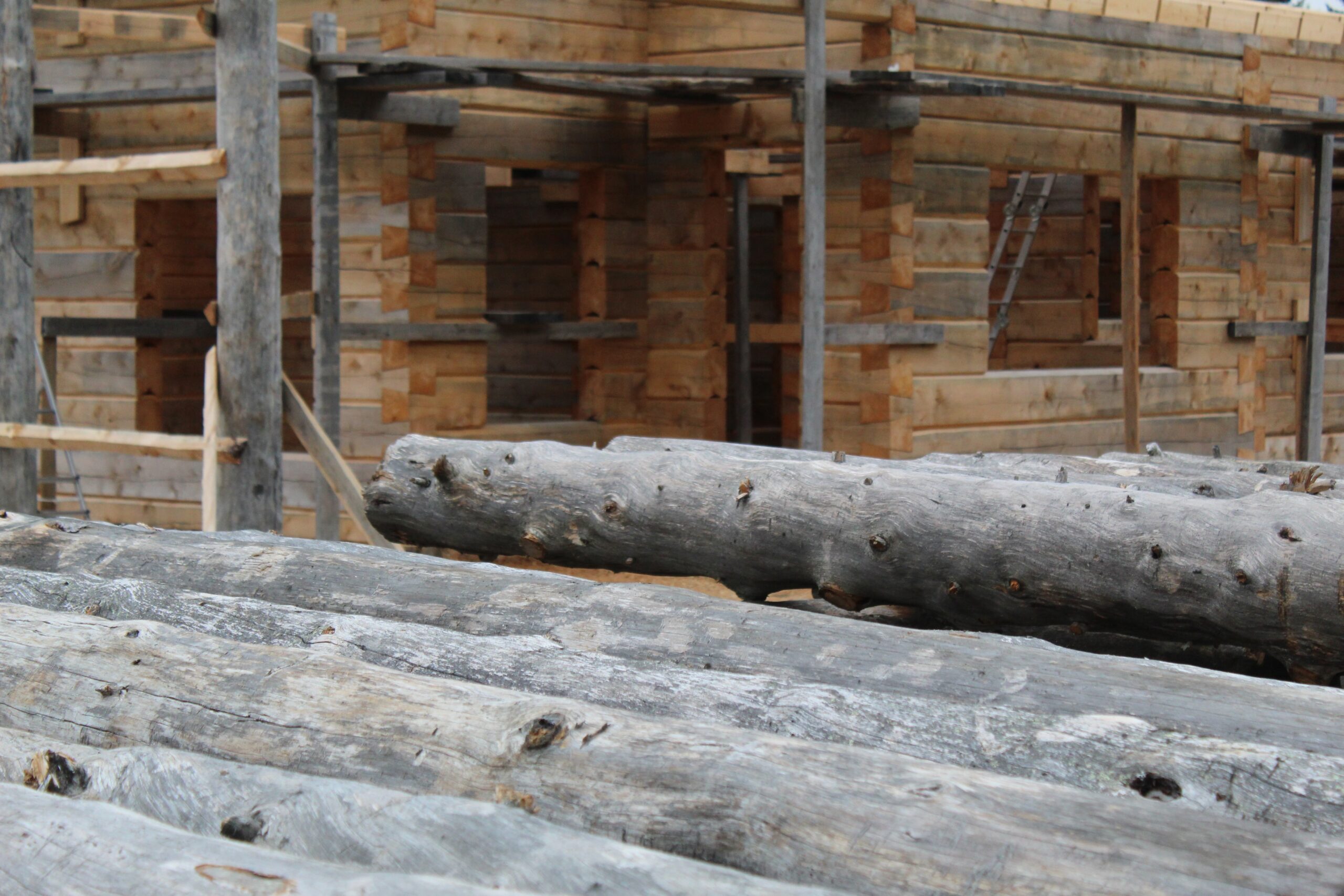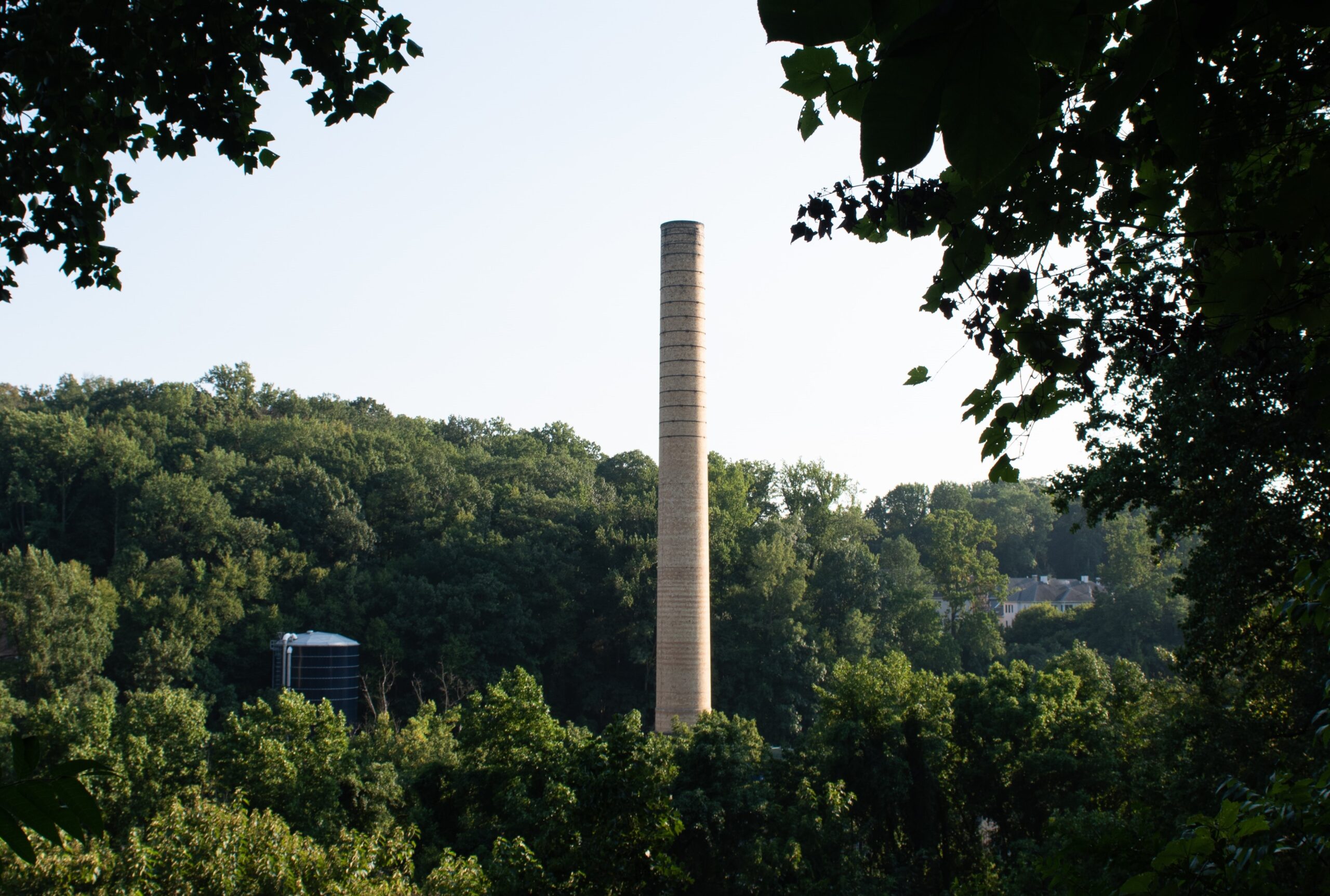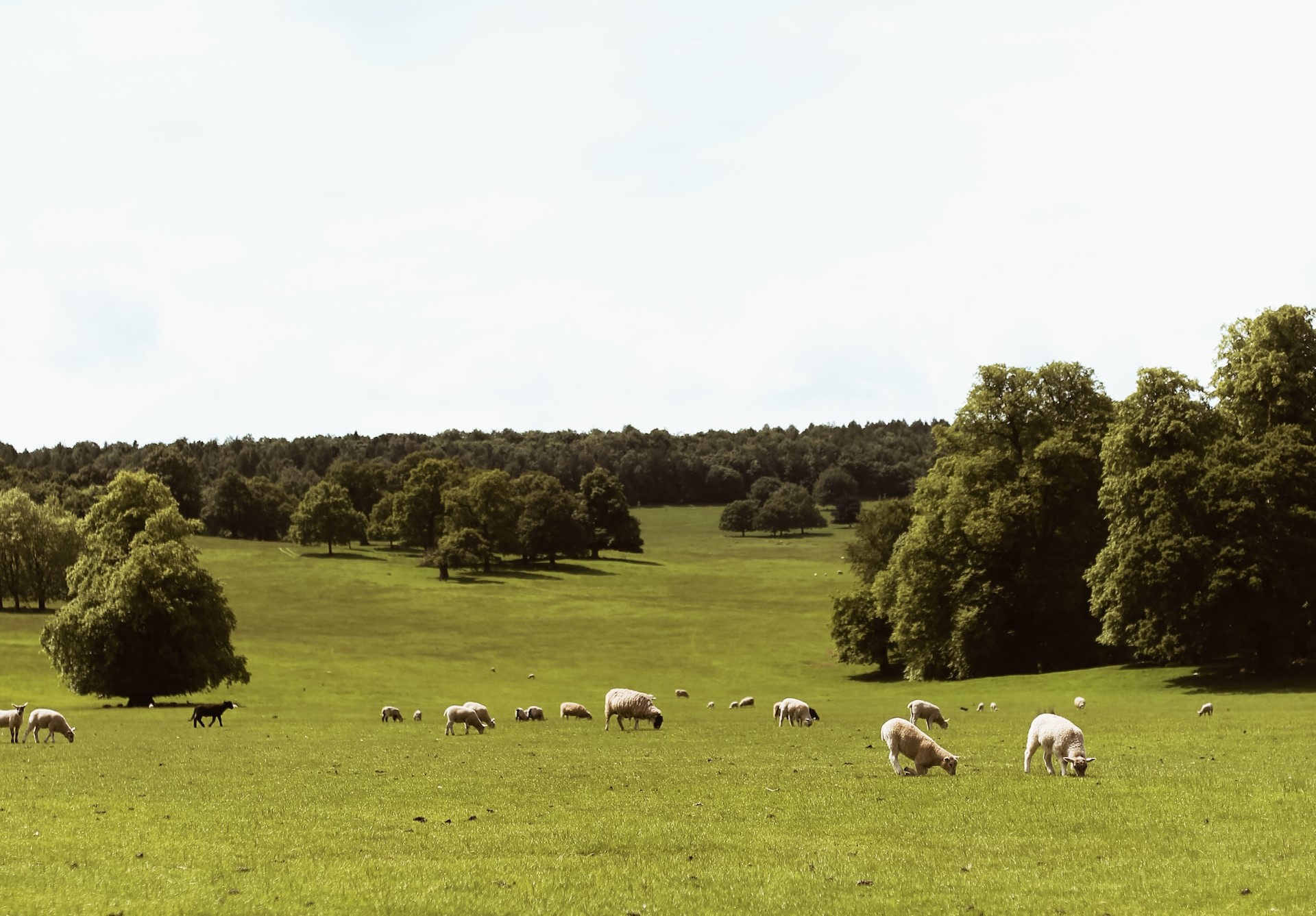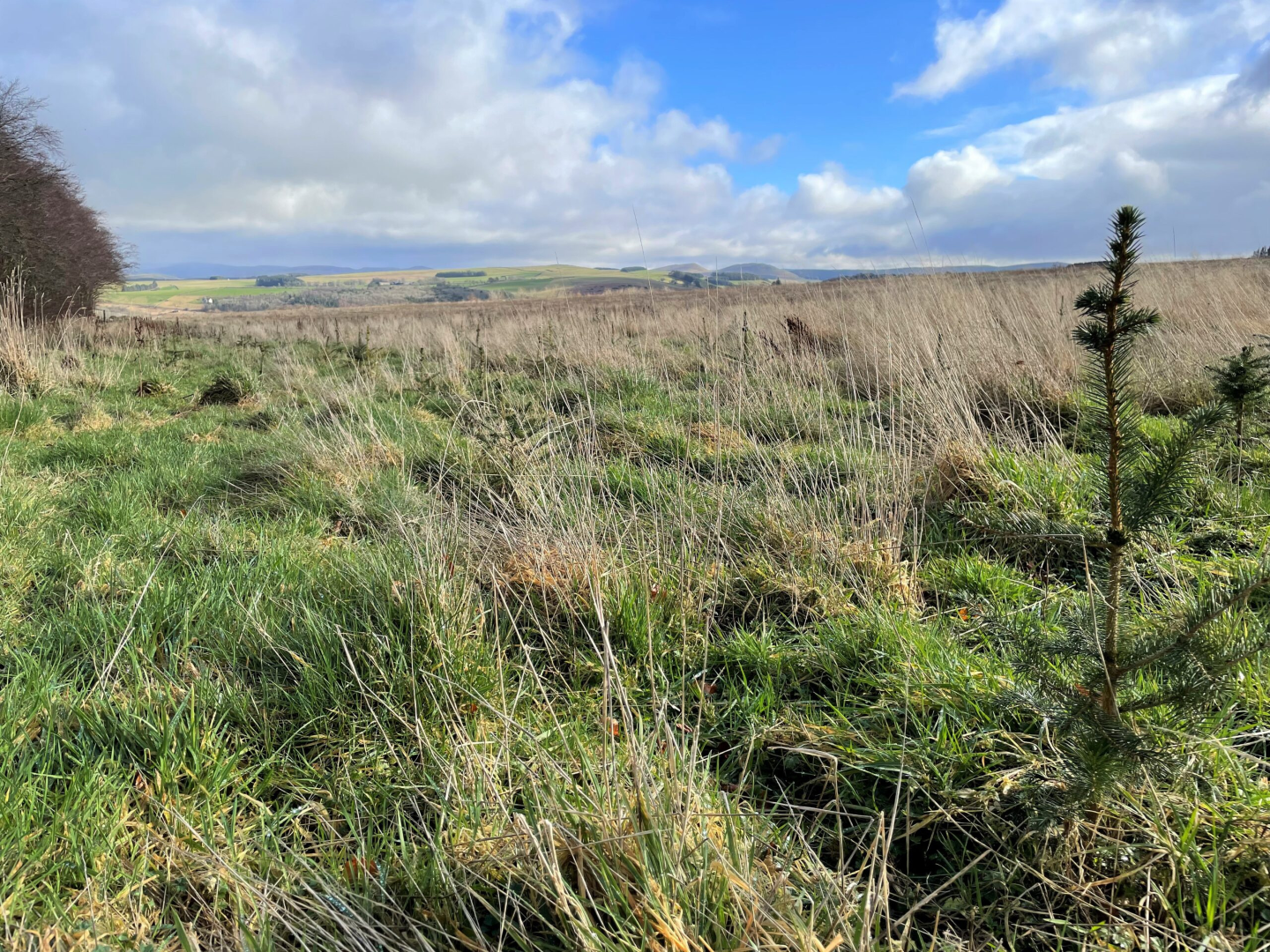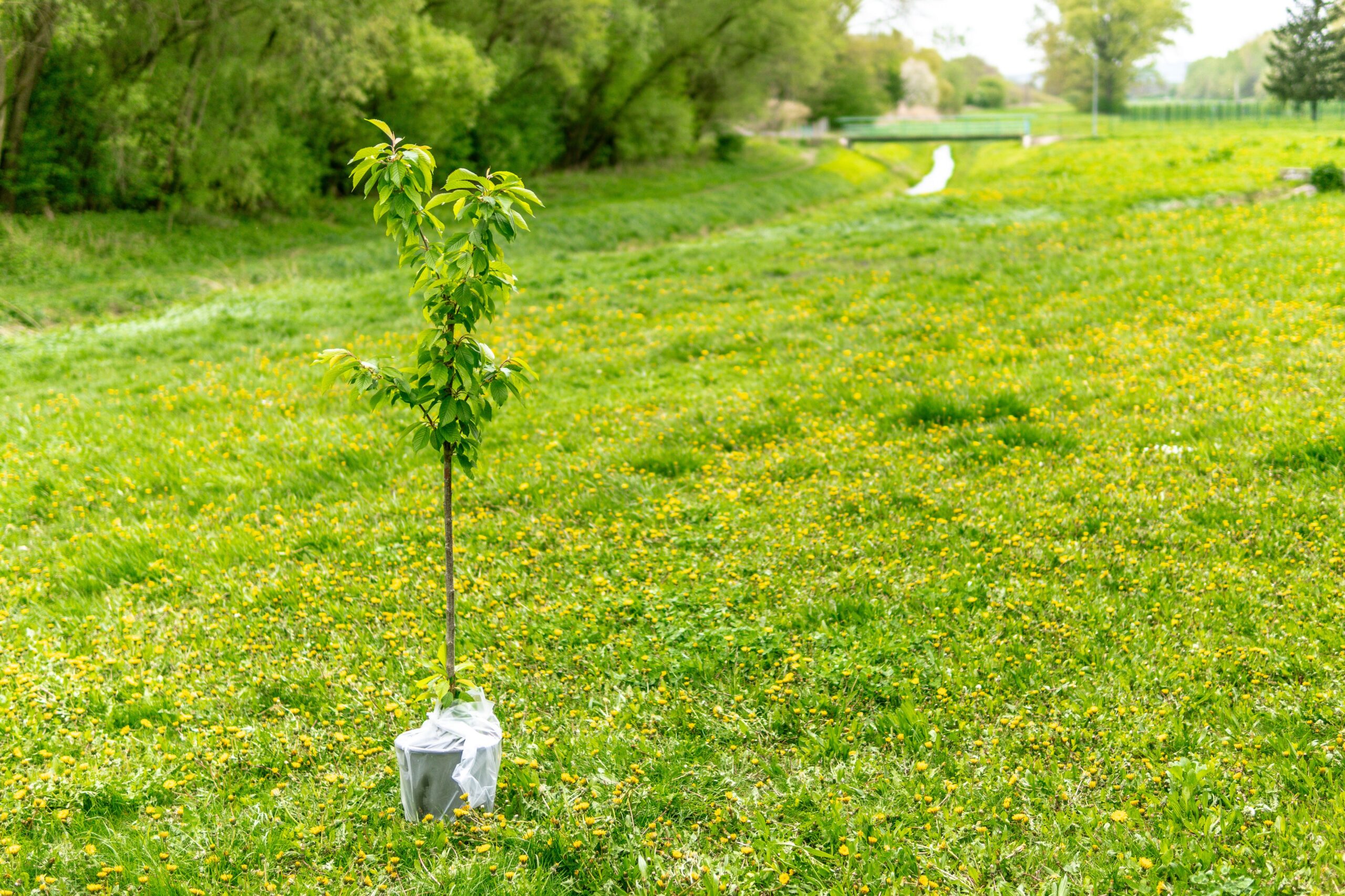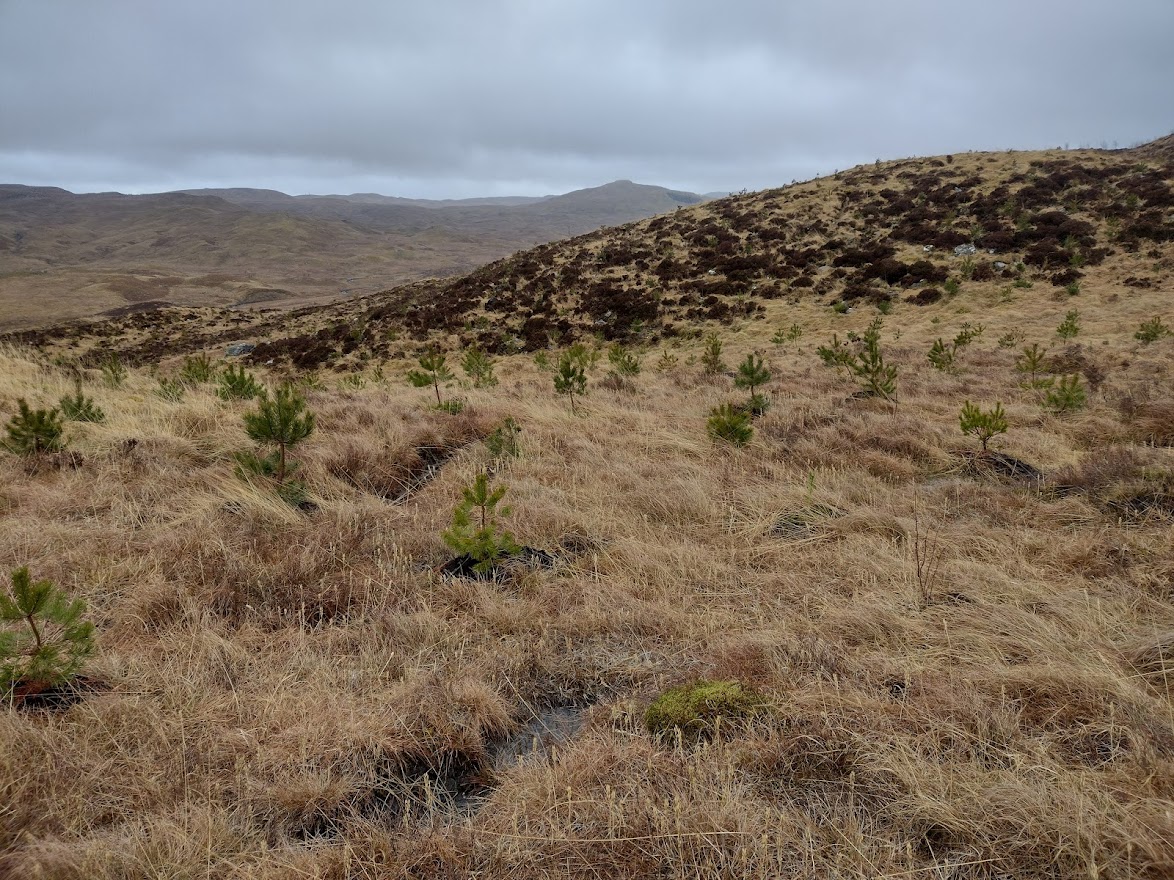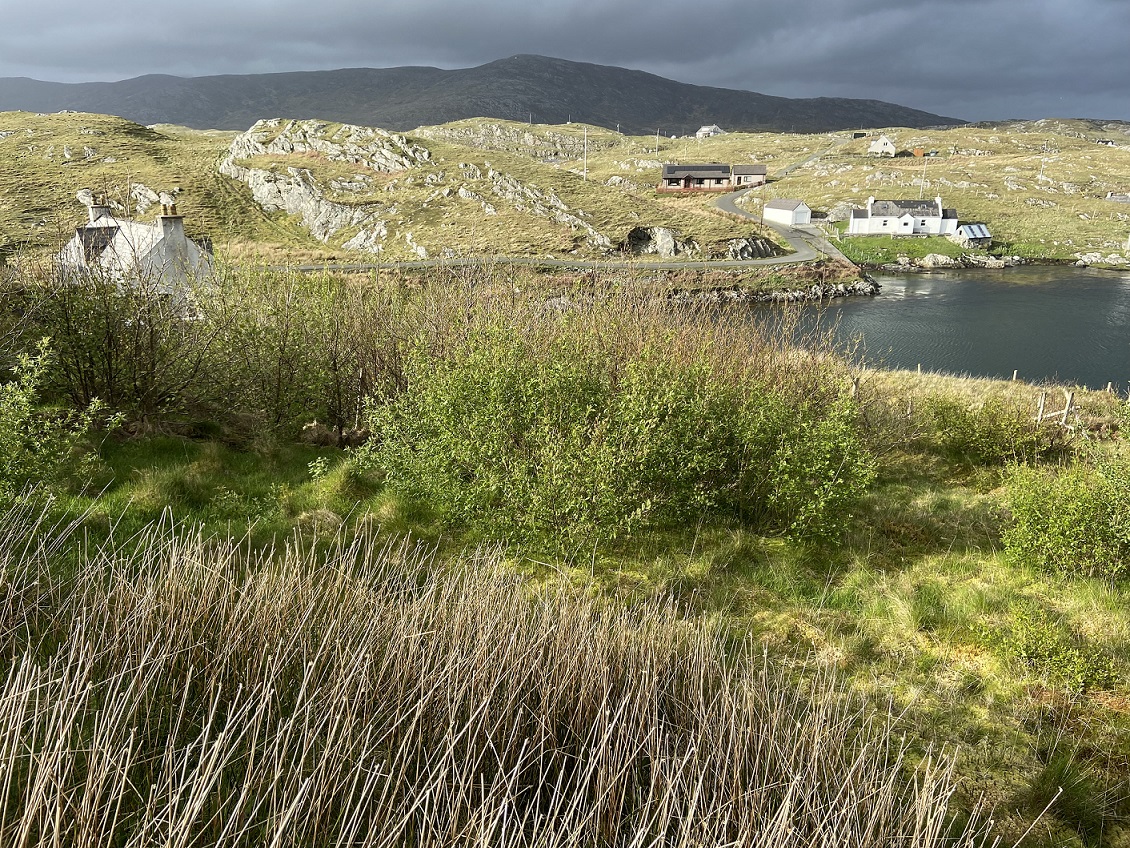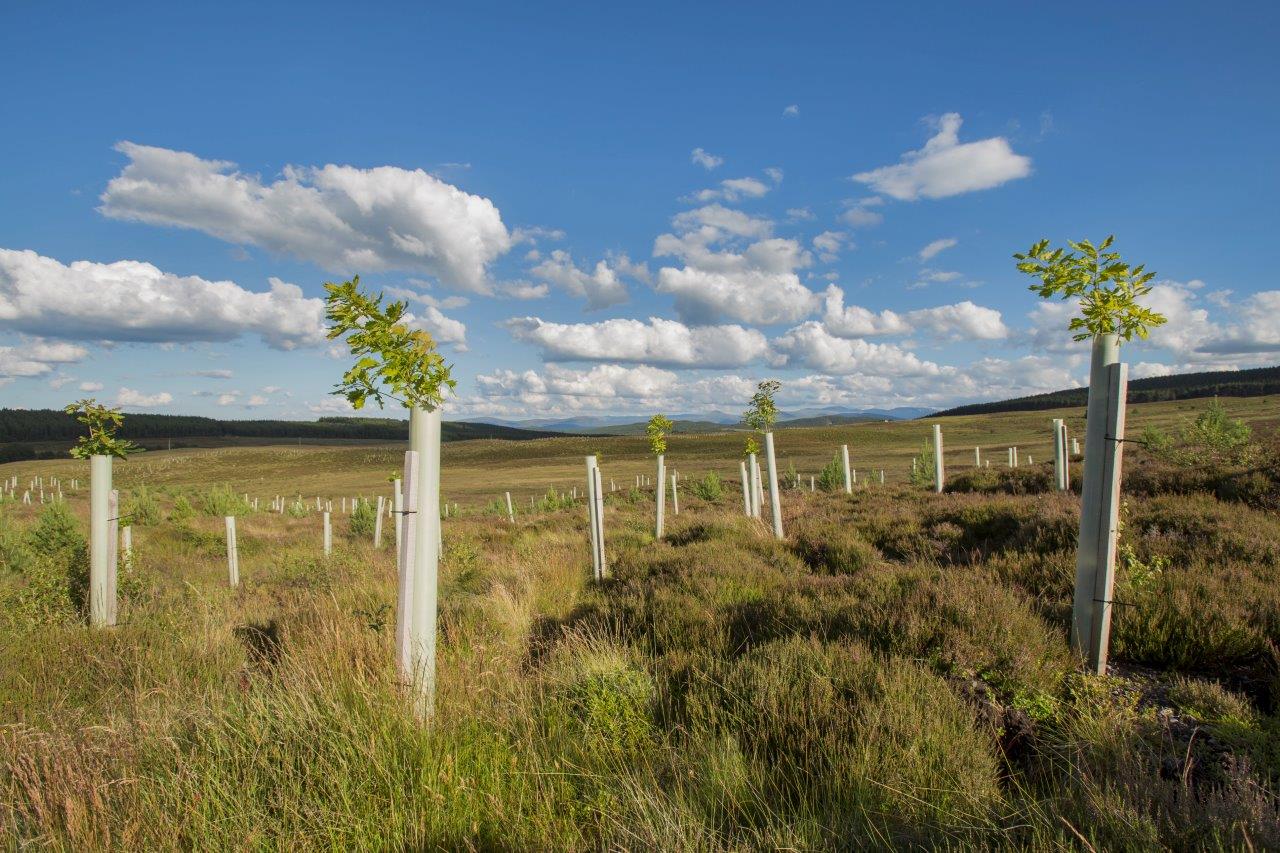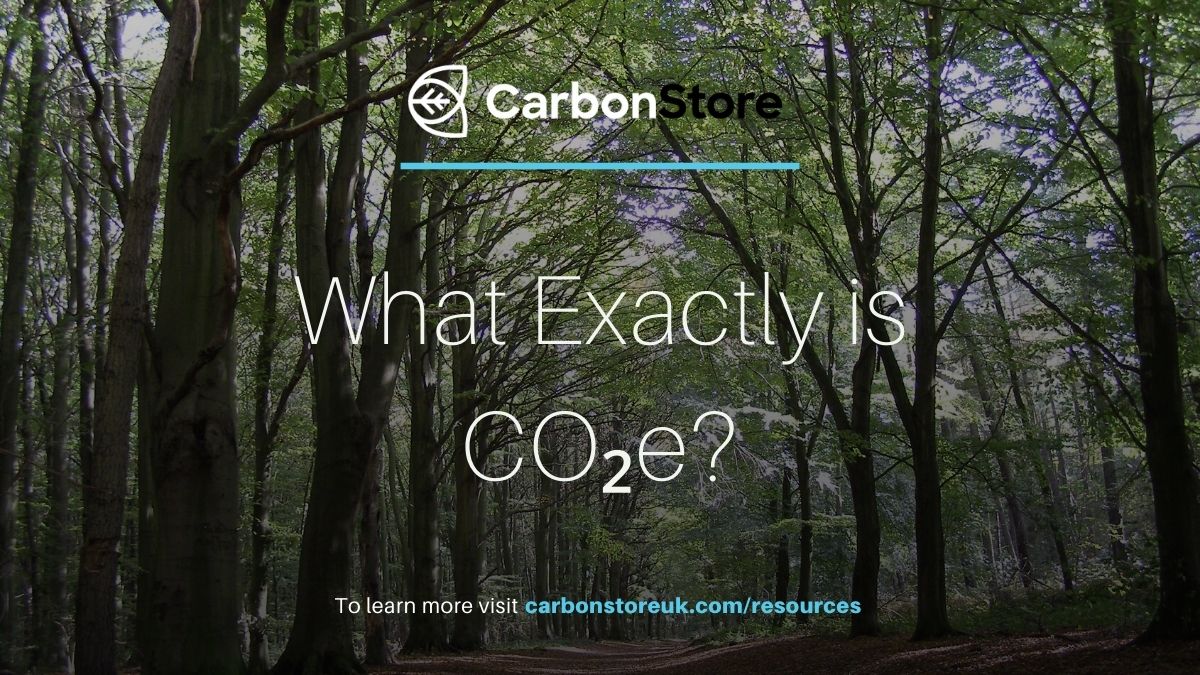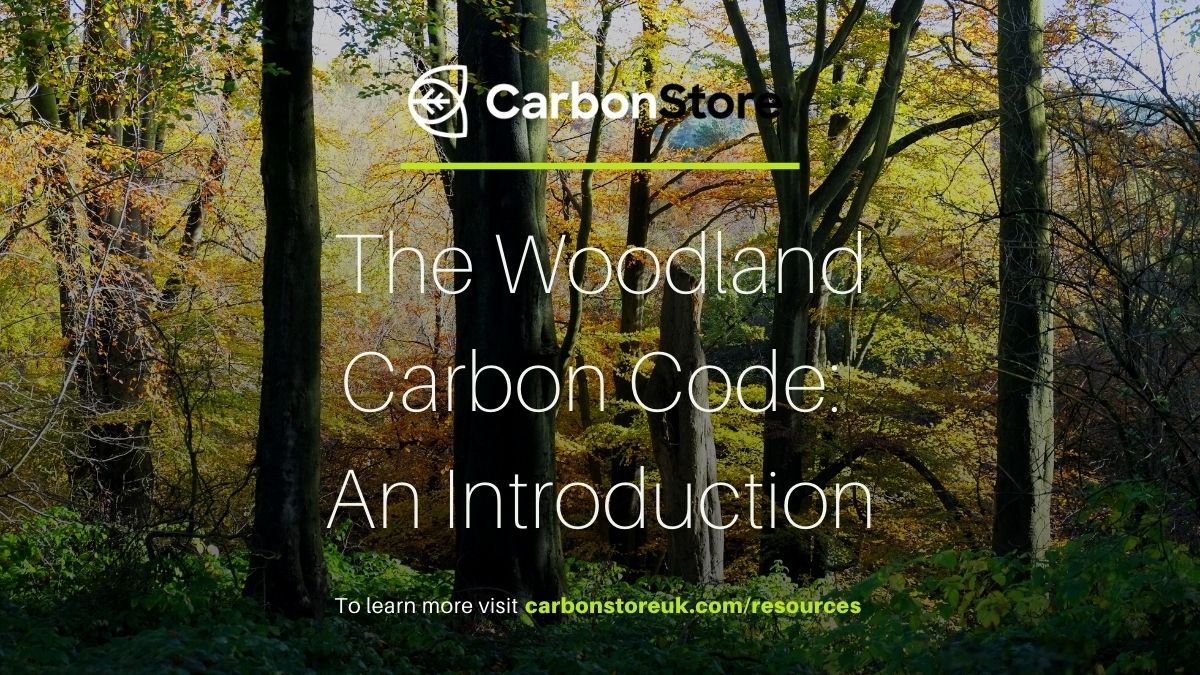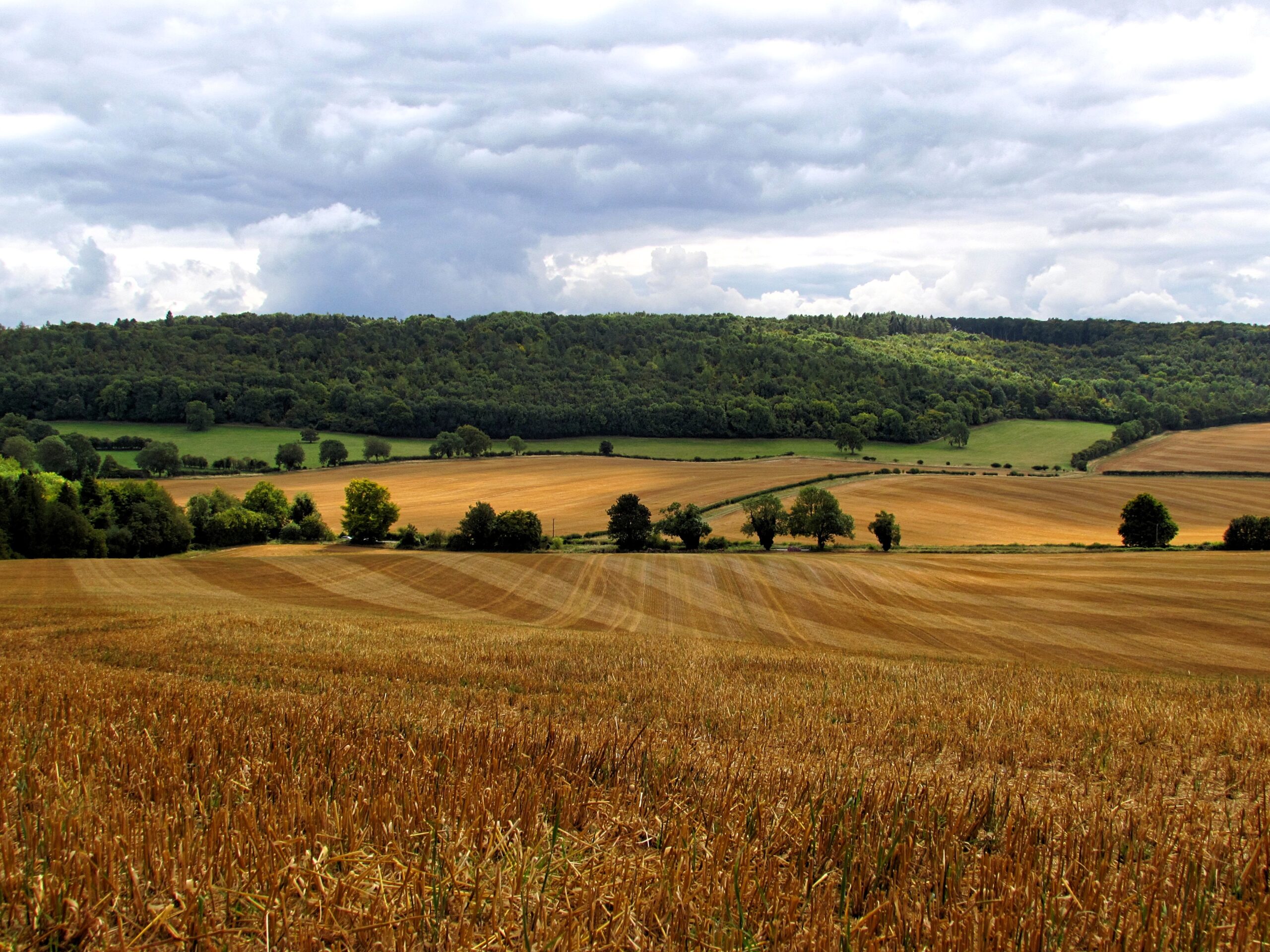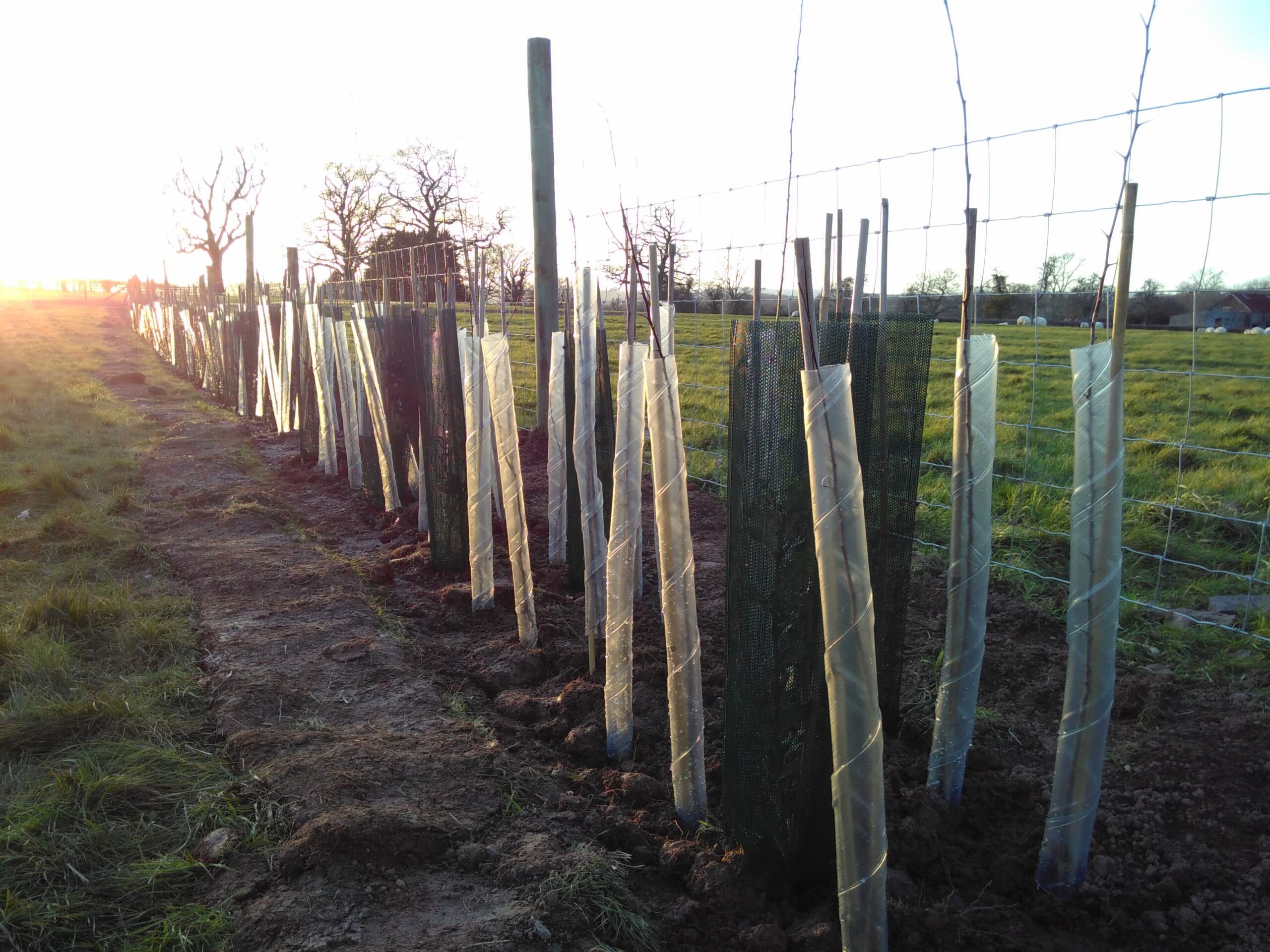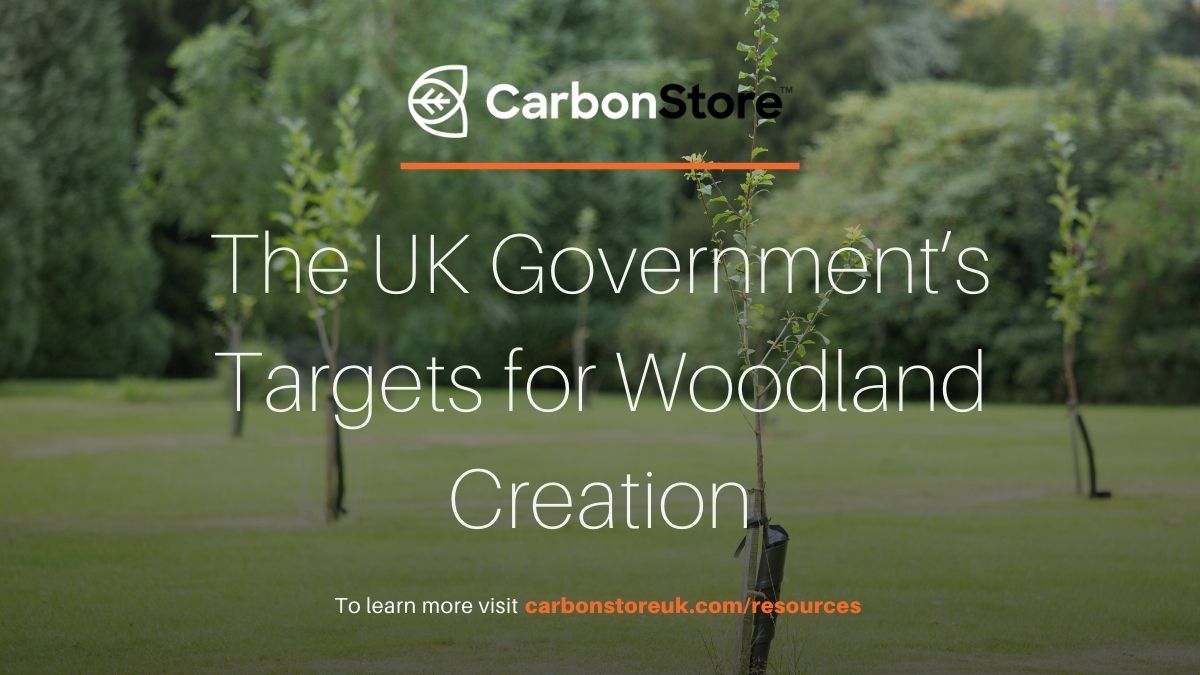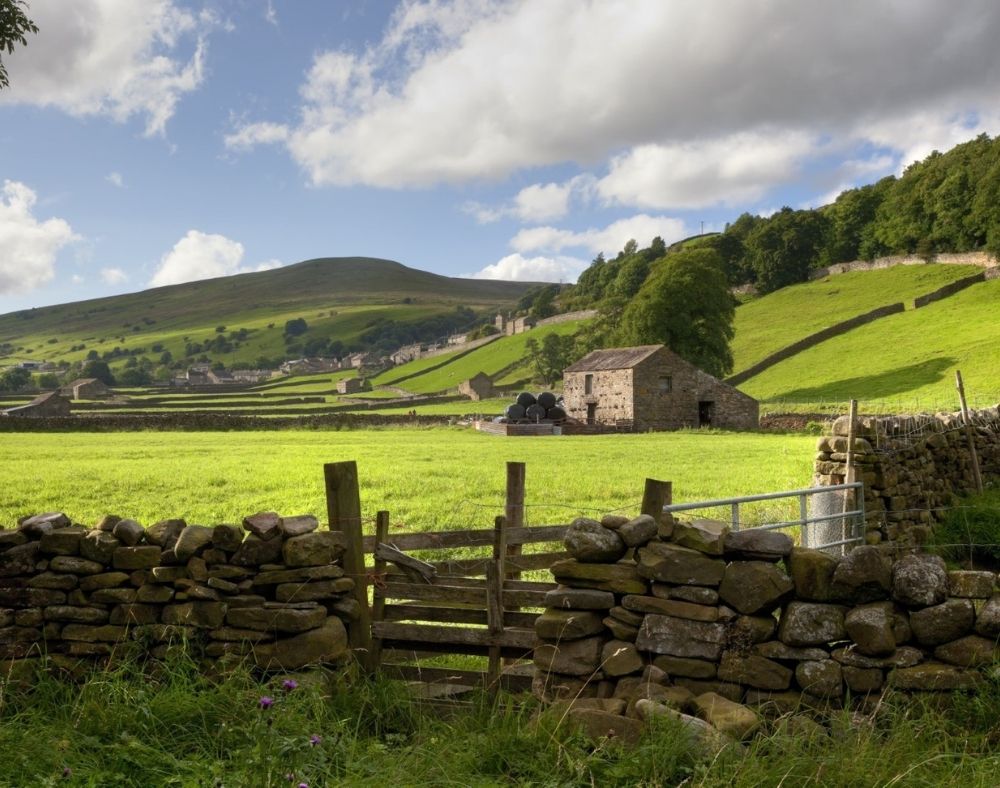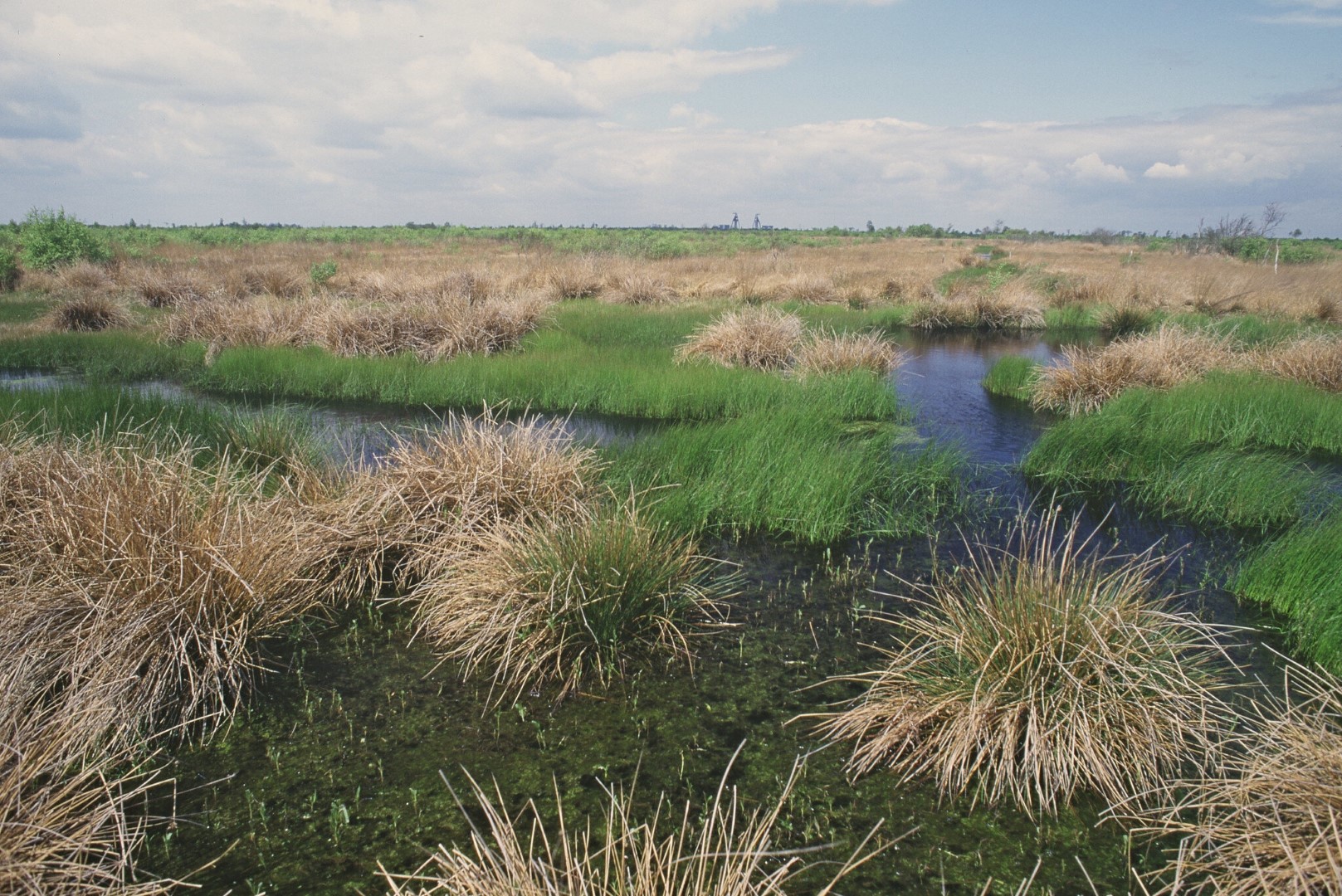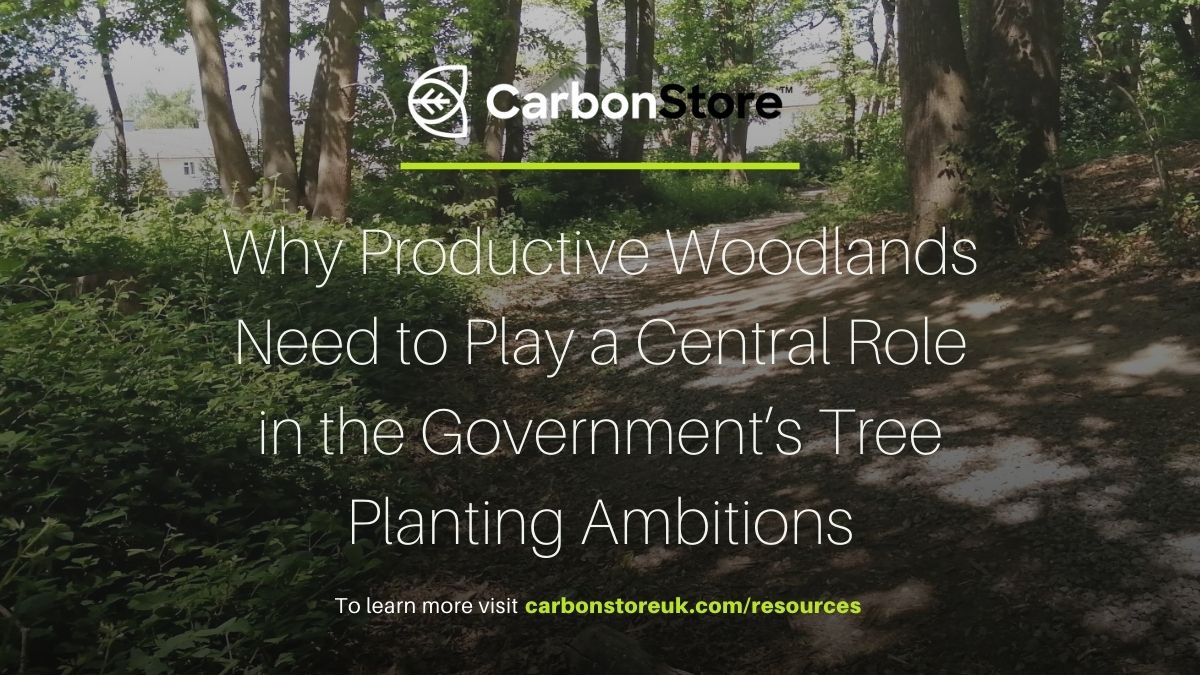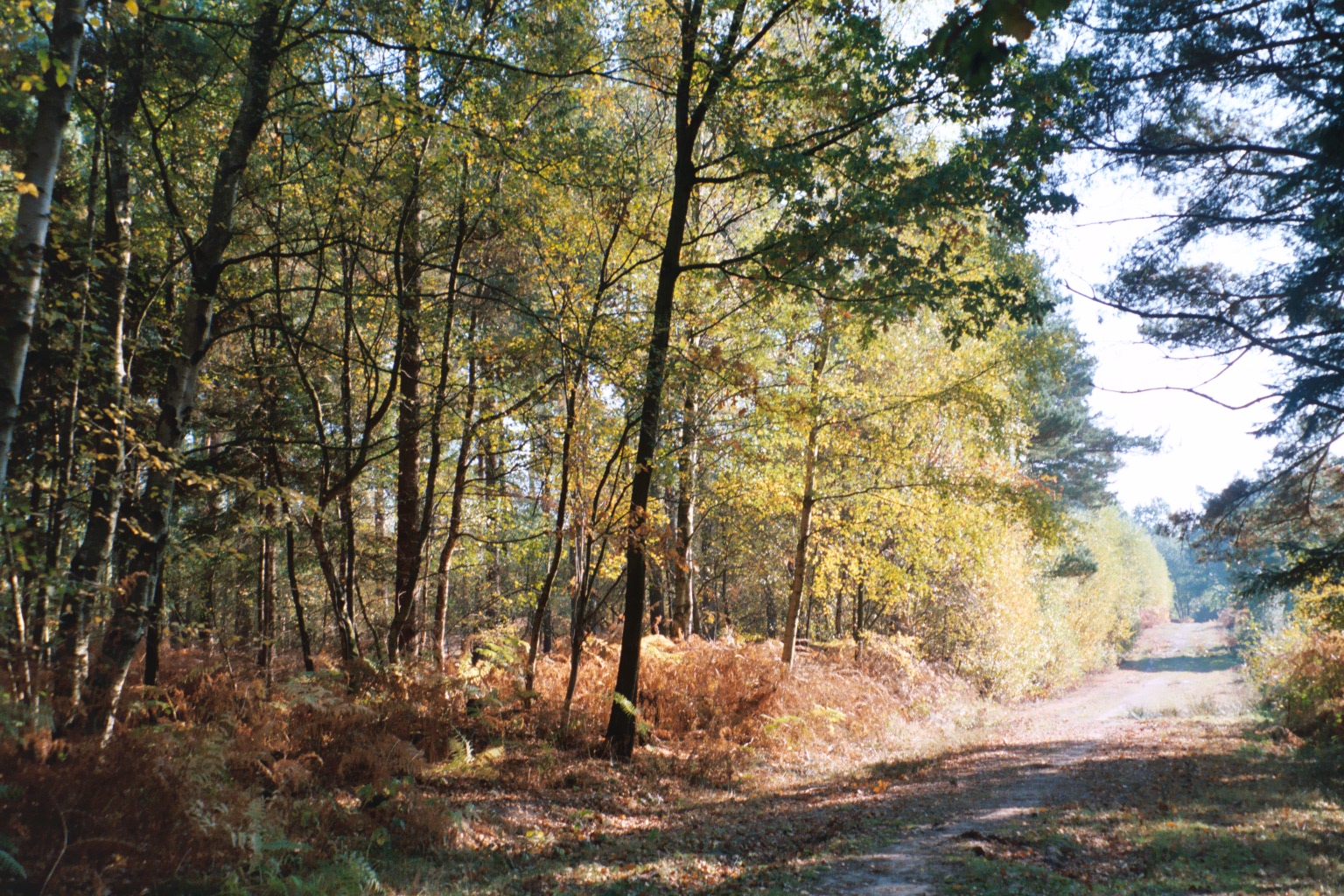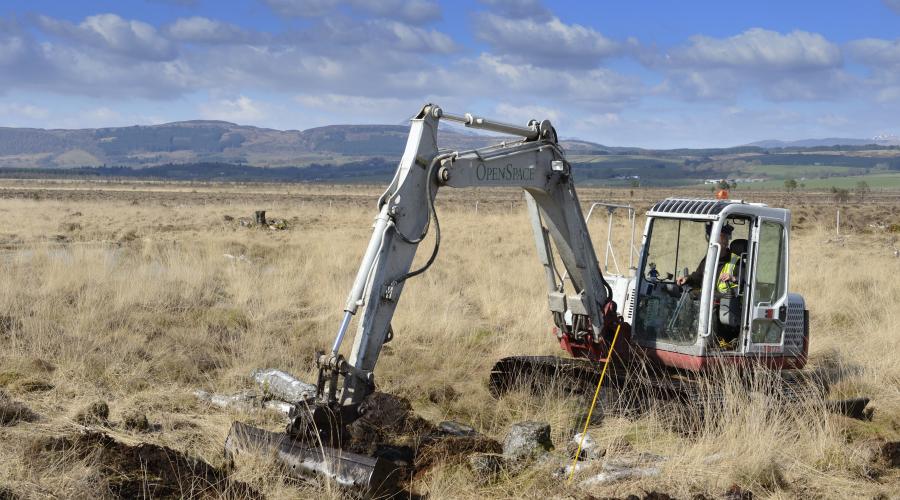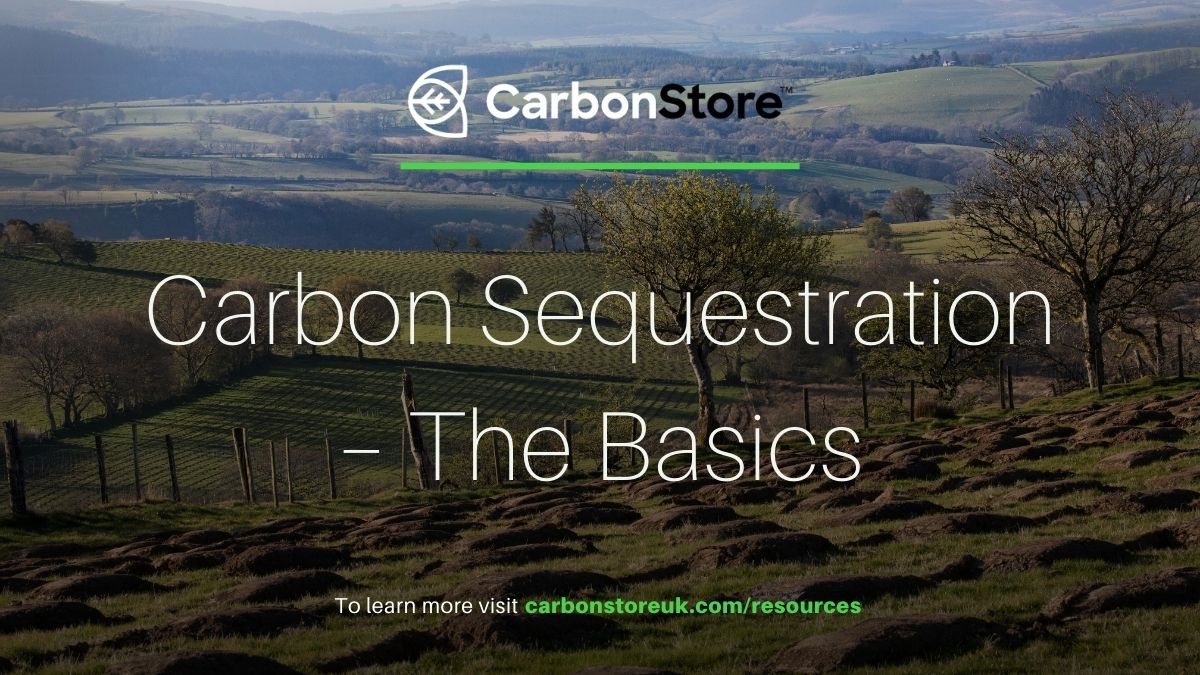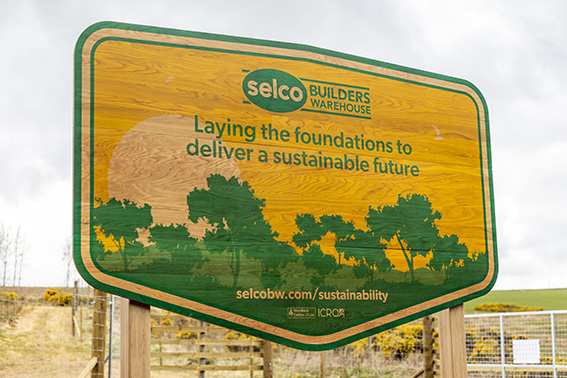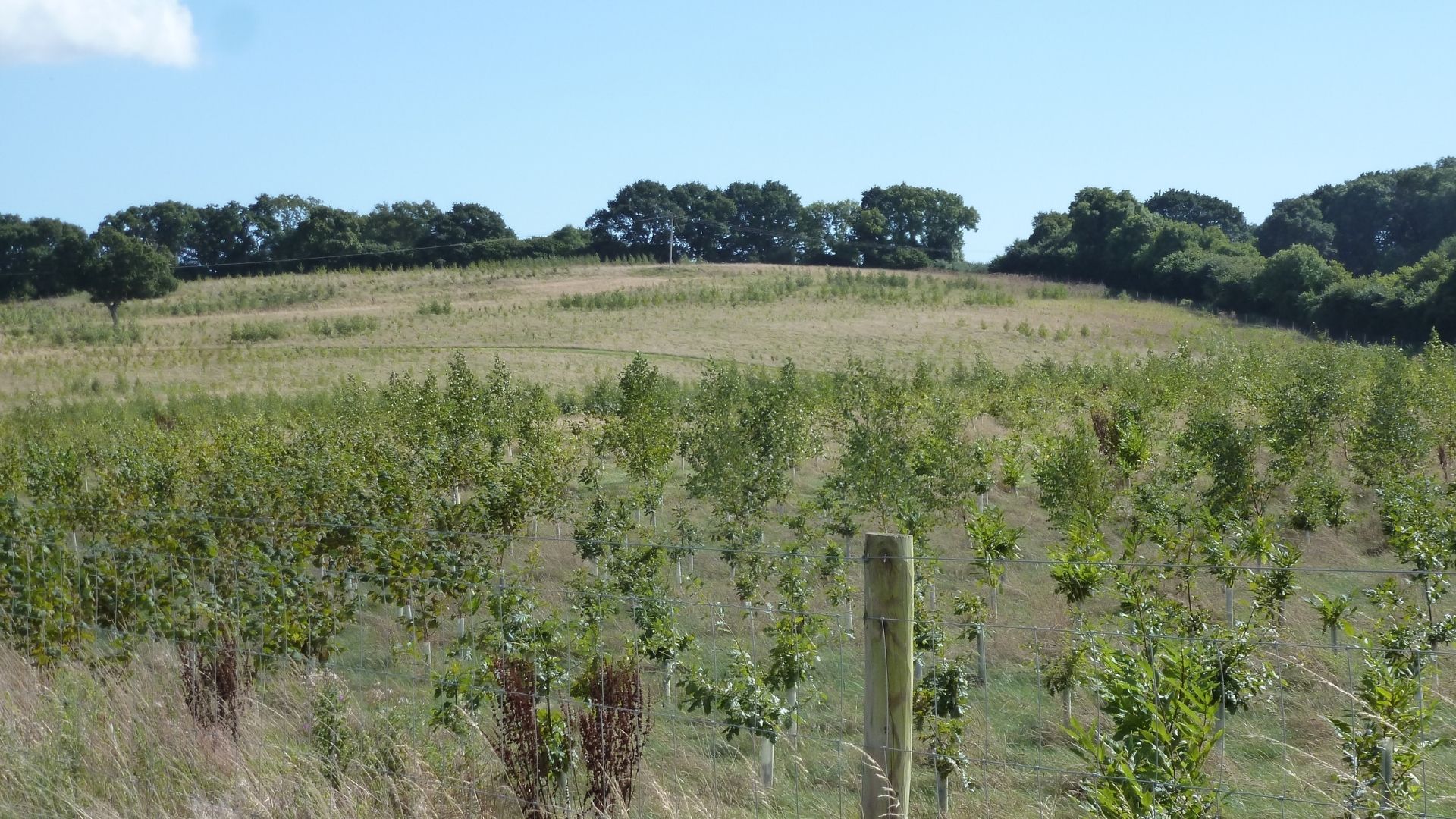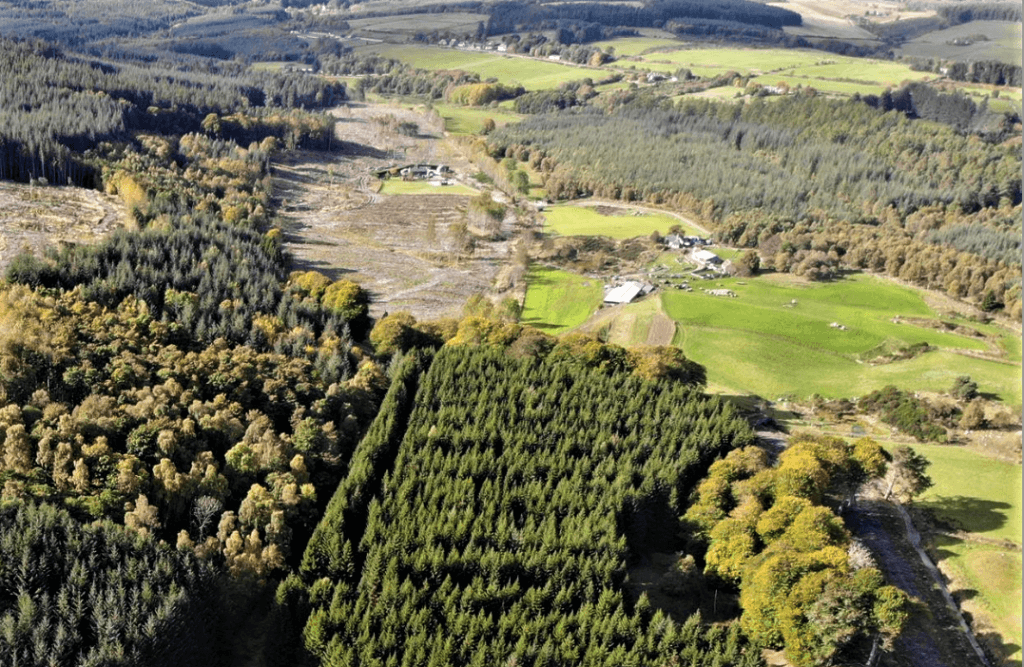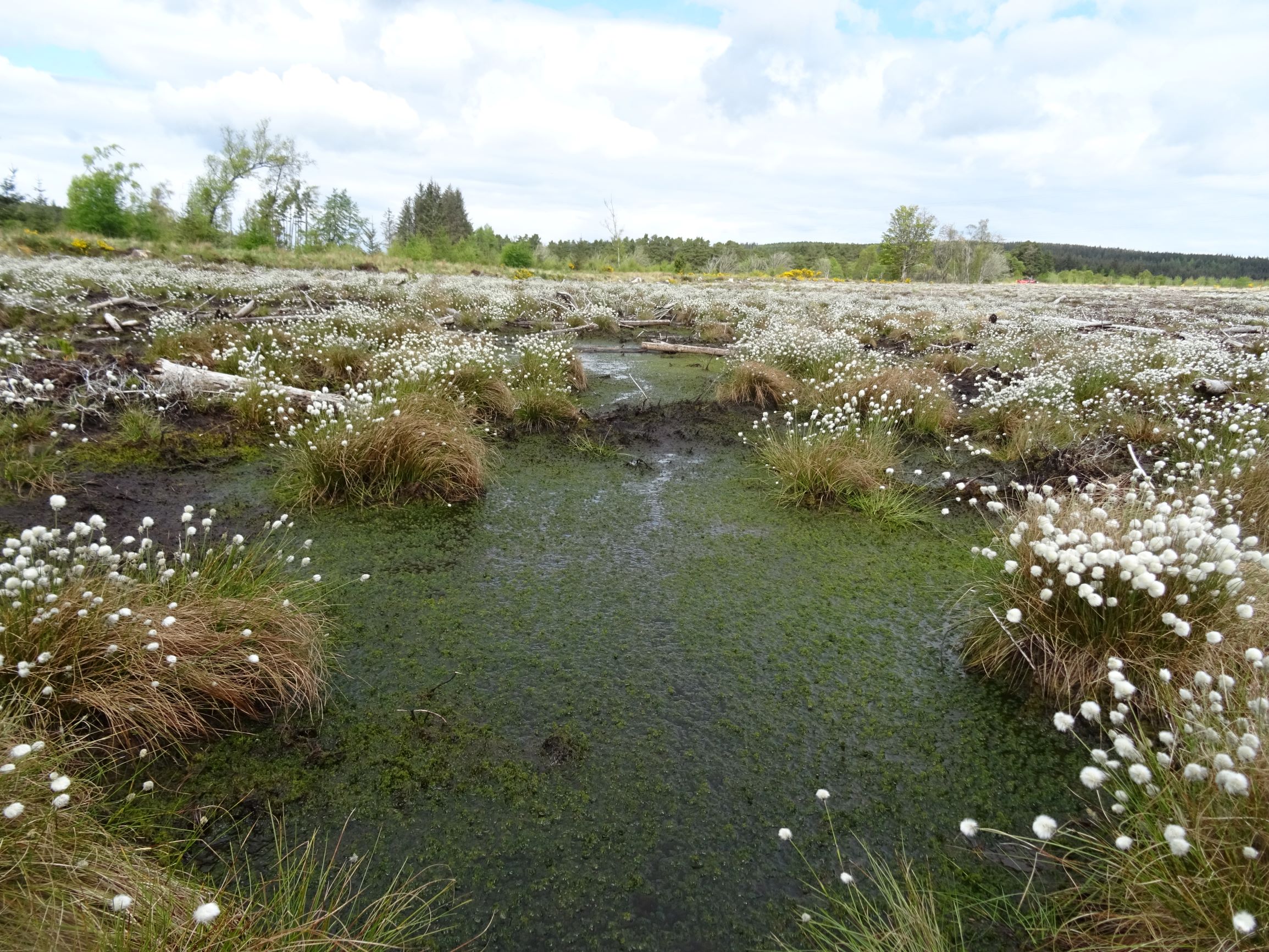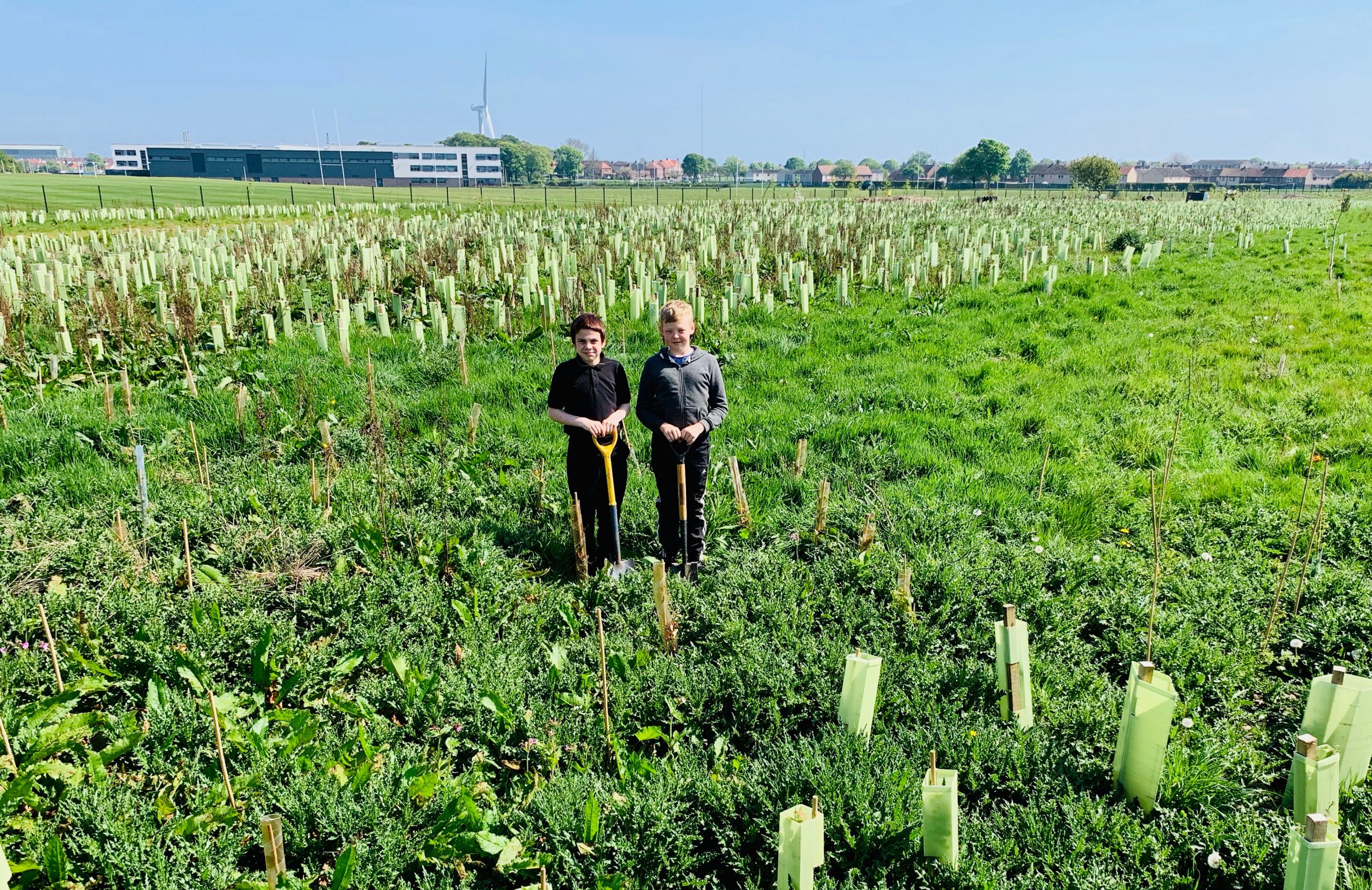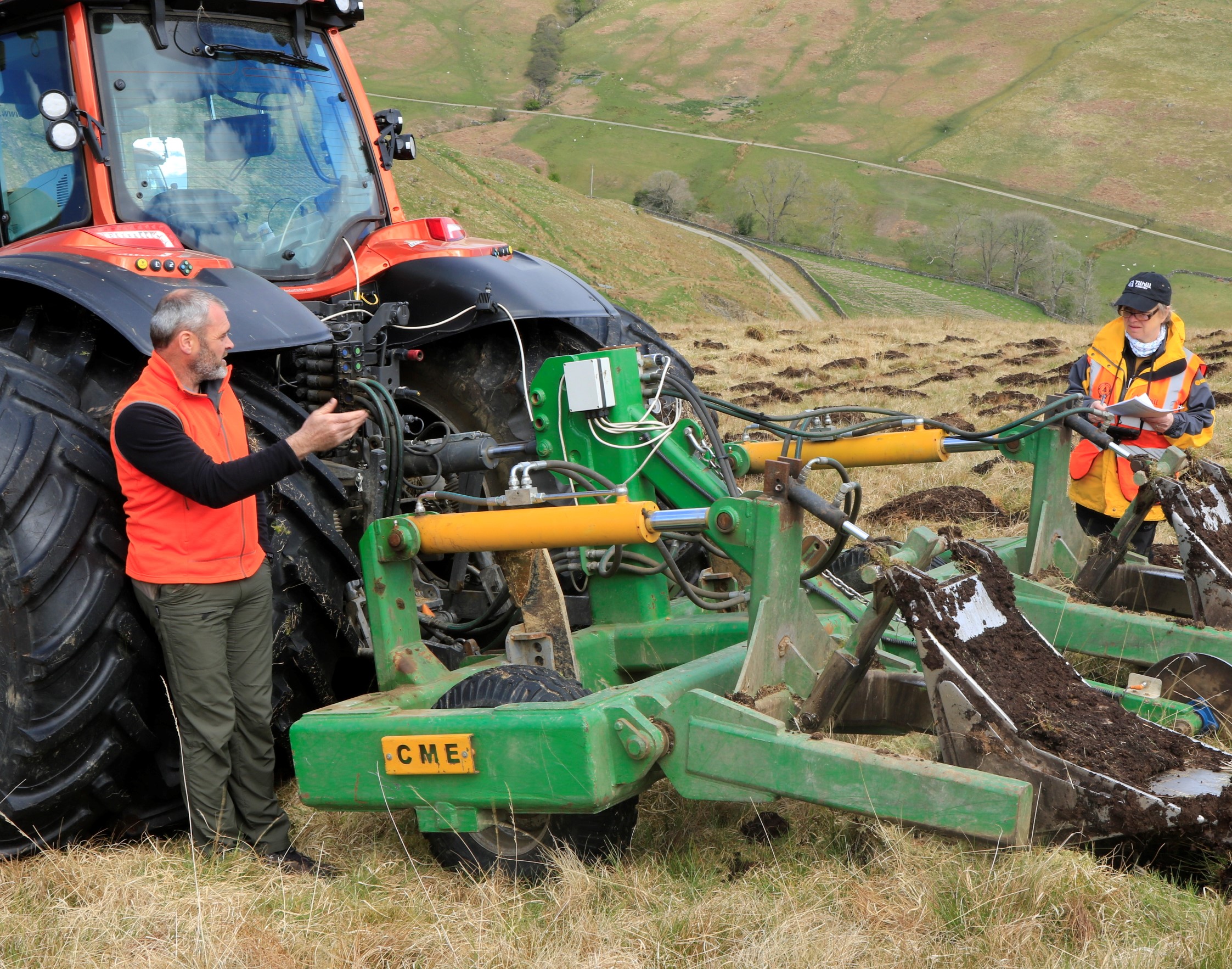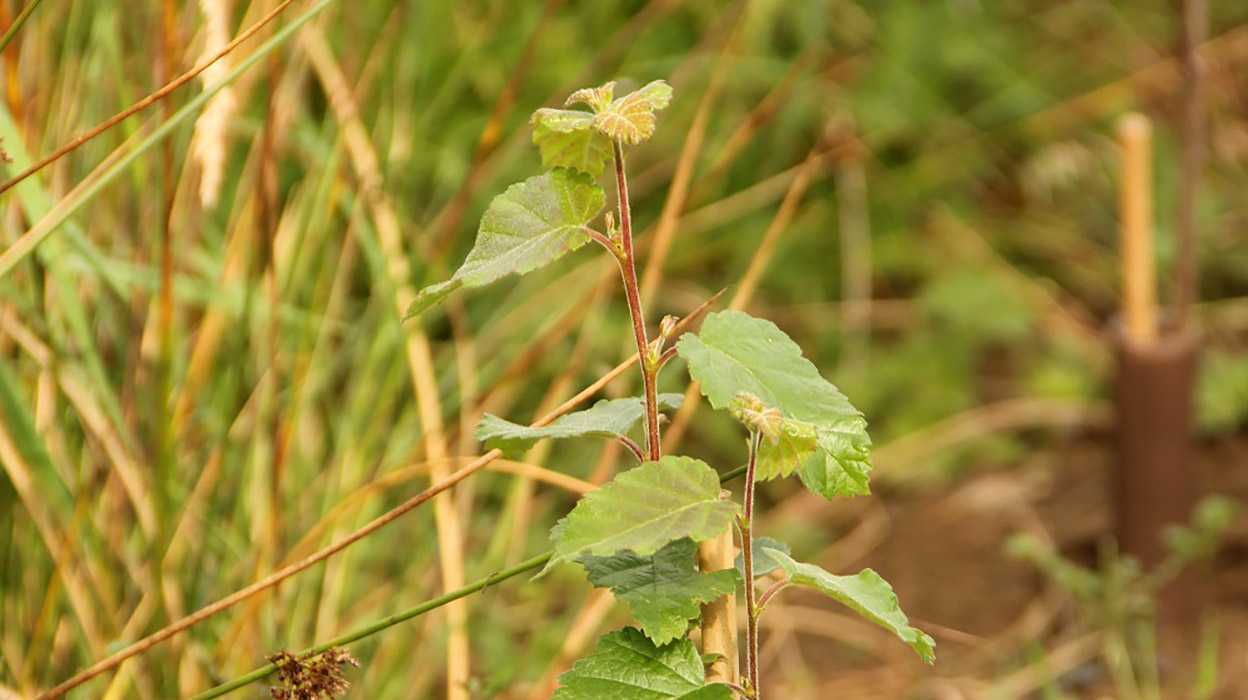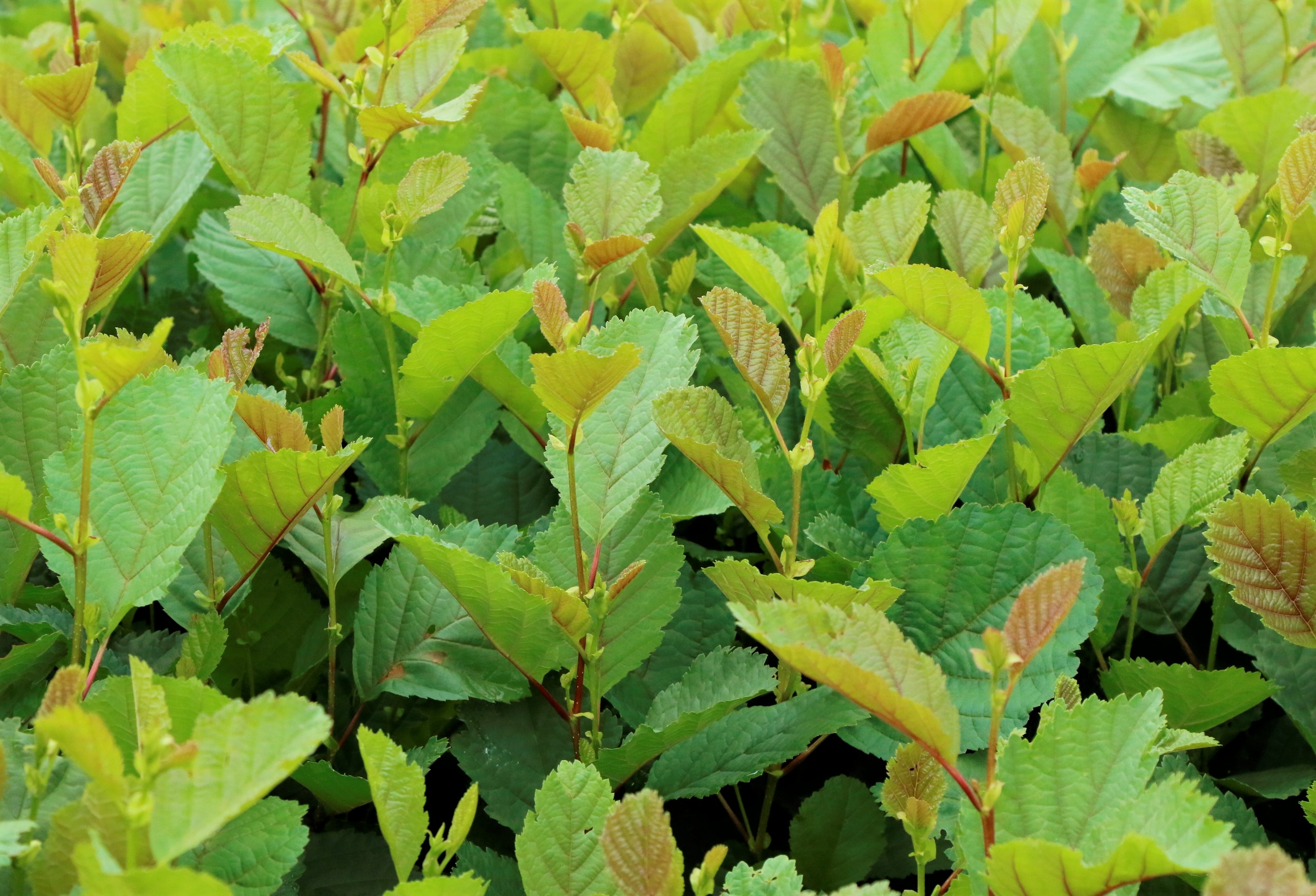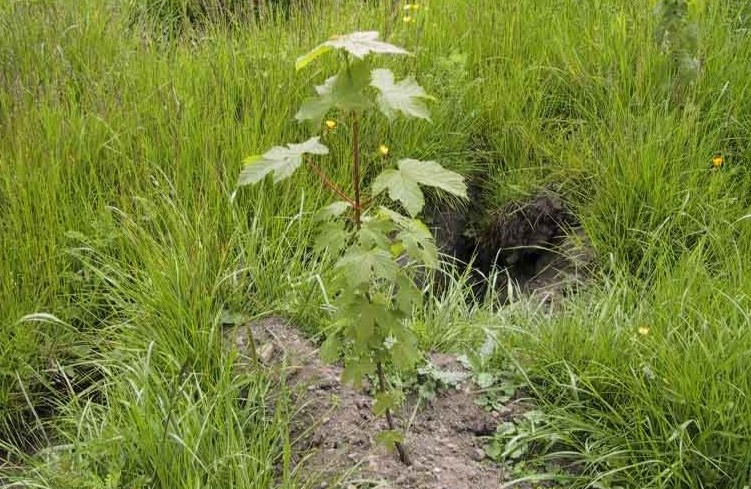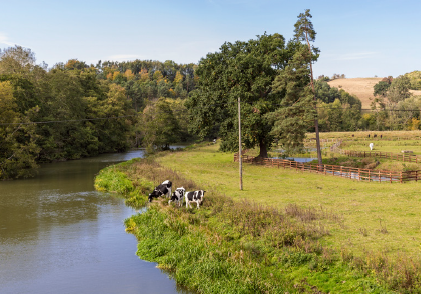The volume and value of nature-based credits, especially the PIUs and WCUs issued by the Woodland Carbon Code, continues to increase briskly.
It is well known that the government is keen to establish a framework that supports the flow of private investment into markets for natural capital.
The farmers and landowners who will cultivate these investments to increase the provision of ecosystem services, such as biodiversity enhancement and carbon capture, need clarity and assurance on the financial implications of their engagement with these markets.
The government’s consultation currently underway exploring the tax treatment of environmental land management and ecosystem service markets is therefore not only inevitable but long overdue.
Although the consultation closes on 9 June 2023, we are already hearing that two encouraging pieces of tax legislation have been agreed:
Woodland and Peatland Carbon Code Projects to Qualify for Business Tax Relief
HMRC has recently updated its IHT manual to confirm that land which is registered (and validated) in the UK Land Carbon Registry with either the Woodland Carbon Code or the Peatland Code will be treated as a trading activity and therefore qualify for Business Property Relief. The relevant section (available at https://www.gov.uk/hmrc-internal-manuals/inheritance-tax-manual/ihtm25253) reads:
IHTM25253 – Other relevant business property: Land used under the Woodland and Peatland Carbon Codes – HMRC internal manual – GOV.UK (www.gov.uk)
Land entered into and verified by these schemes to generate credits which can be sold to individuals, businesses or companies to off-set their emissions, or used to off-set the emissions of the landowner’s business, will in principle qualify for business relief.
Reviewing the Scope of Agricultural Property Relief (APR)
The government’s consultation is also reviewing APR to consider whether it could be changed to incentivise further land use change, by farmers and landowners, from agricultural to environmental. Currently, APR is only available:
- EITHER if the property has been owned and occupied by the owner for at least two years
- OR if the property has been occupied by a tenant farmer for at least seven years.
Moreover, under the existing rules, land that has been removed from agricultural production for an environmental scheme is not eligible for APR. We understand that HMRC is actively considering two changes in this regard:
- It would like to extend APR to include such environmental schemes.
- It is also considering restricting the 100% APR to farm business tenancies of at least eight years to encourage longer tenant-landlord agreements.
HMRC’s ongoing consultation (which closes on 9th June) and its review of the tax treatment of Environmental Land Management and Ecosystem Service Markets will be worth watching closely. We will post any important updates on CarbonStore’s social media.
IMPORTANT DISCLAIMER: Please understand Tilhill Forestry Limited is not an authorised tax advisor and the above is only a best effort representation of the views and writings of leading accountancy and law firms. We recommend that you seek independent professional advice regarding the tax status of any issue discussed in this article.
How can CarbonStore help you?
In partnership with Tilhill, CarbonStore can help you deliver peatland restoration and woodland-based carbon mitigation projects that not only achieves the highest possible standards in carbon offsetting but also offers many widespread benefits which we can all enjoy.
Please contact David McCulloch, the head of CarbonStore, personally either by email (david.mcculloch@carbonstoreuk.com) or by phone (07500 950832).
More news
Share

